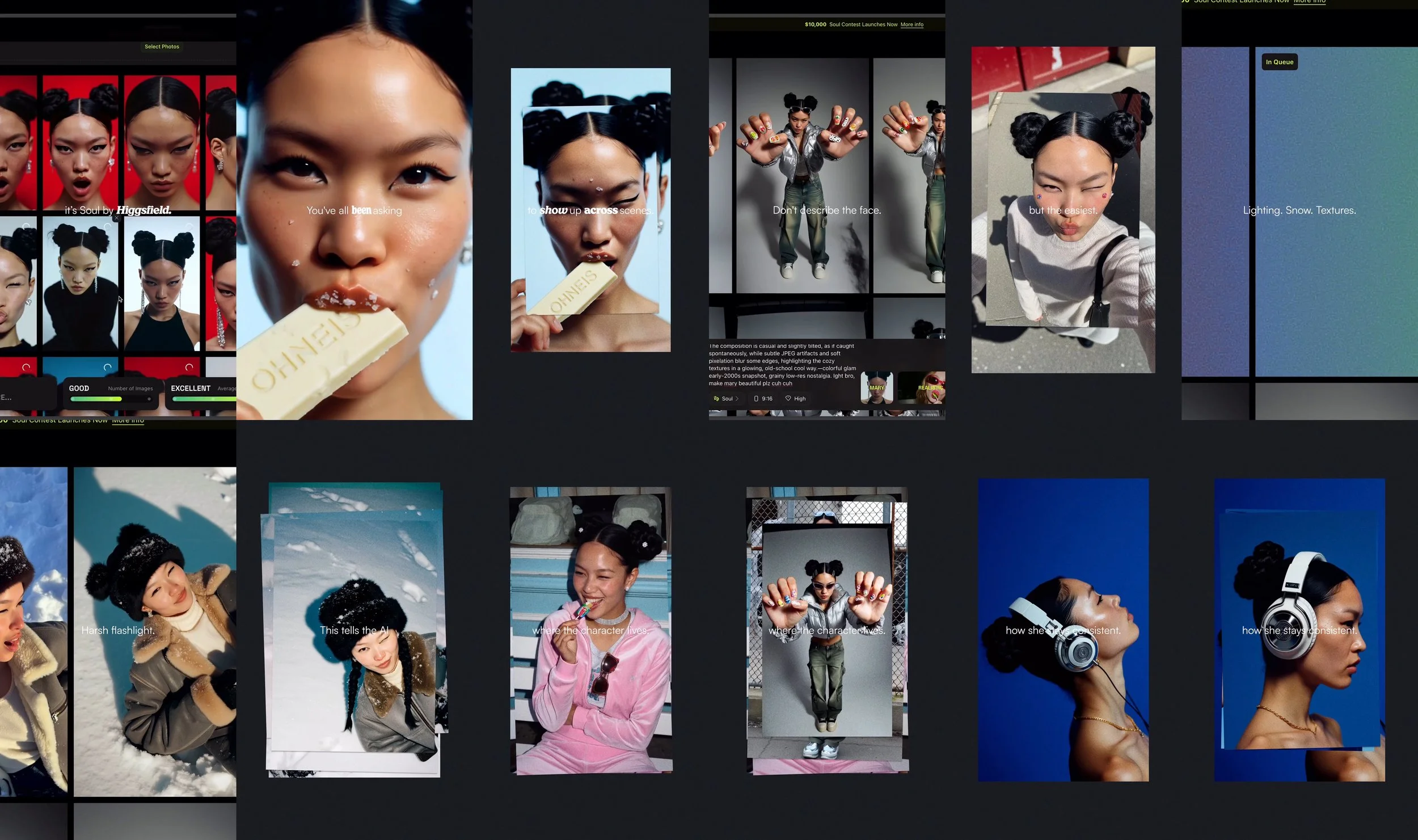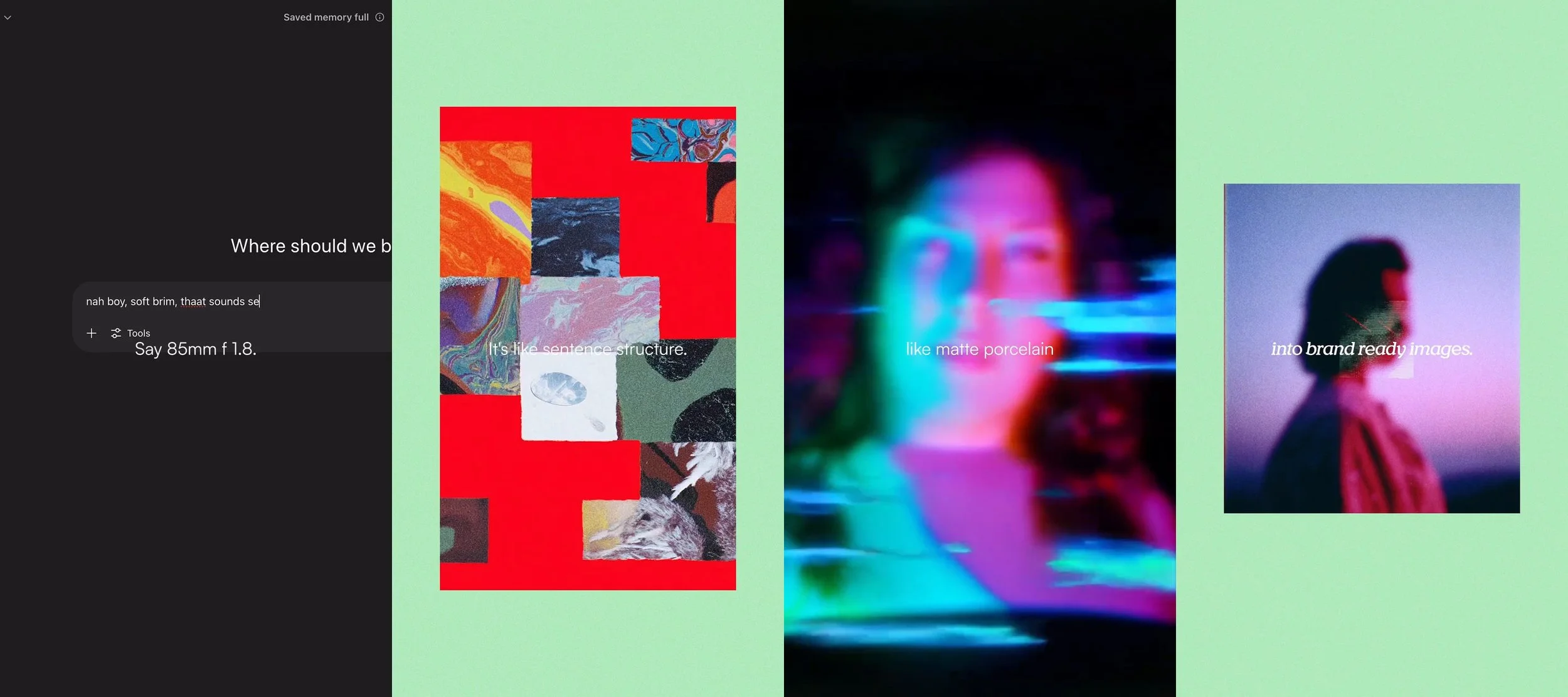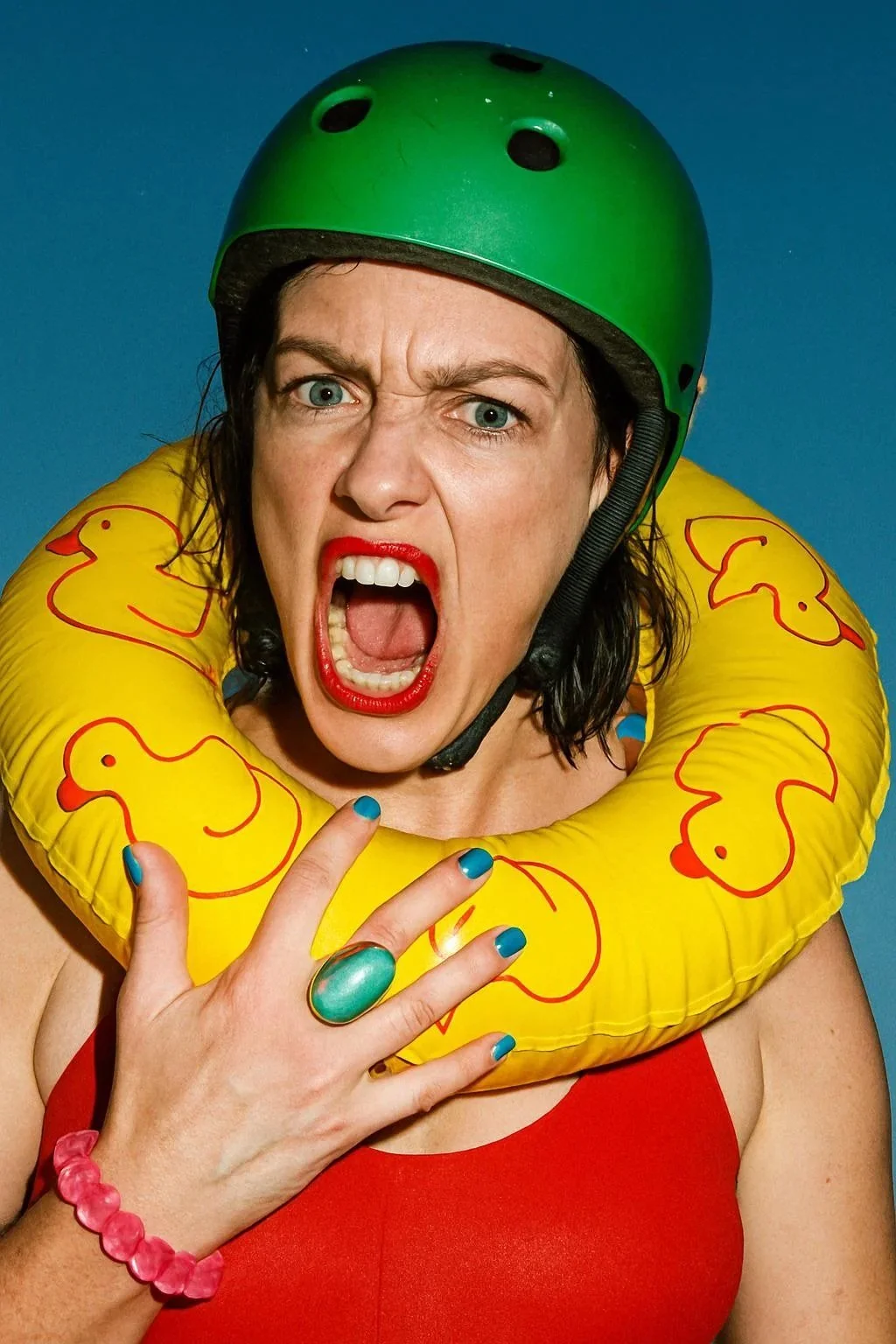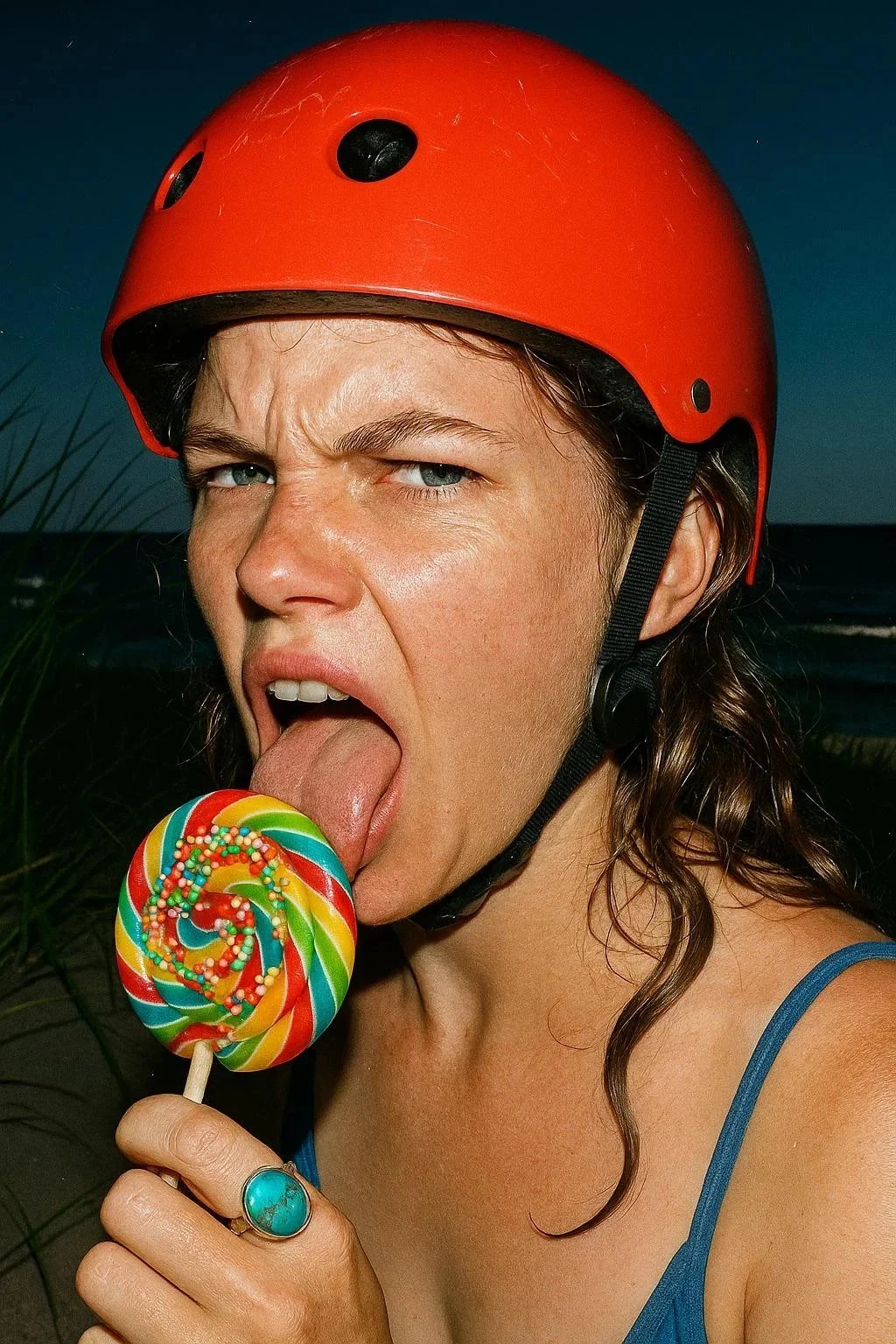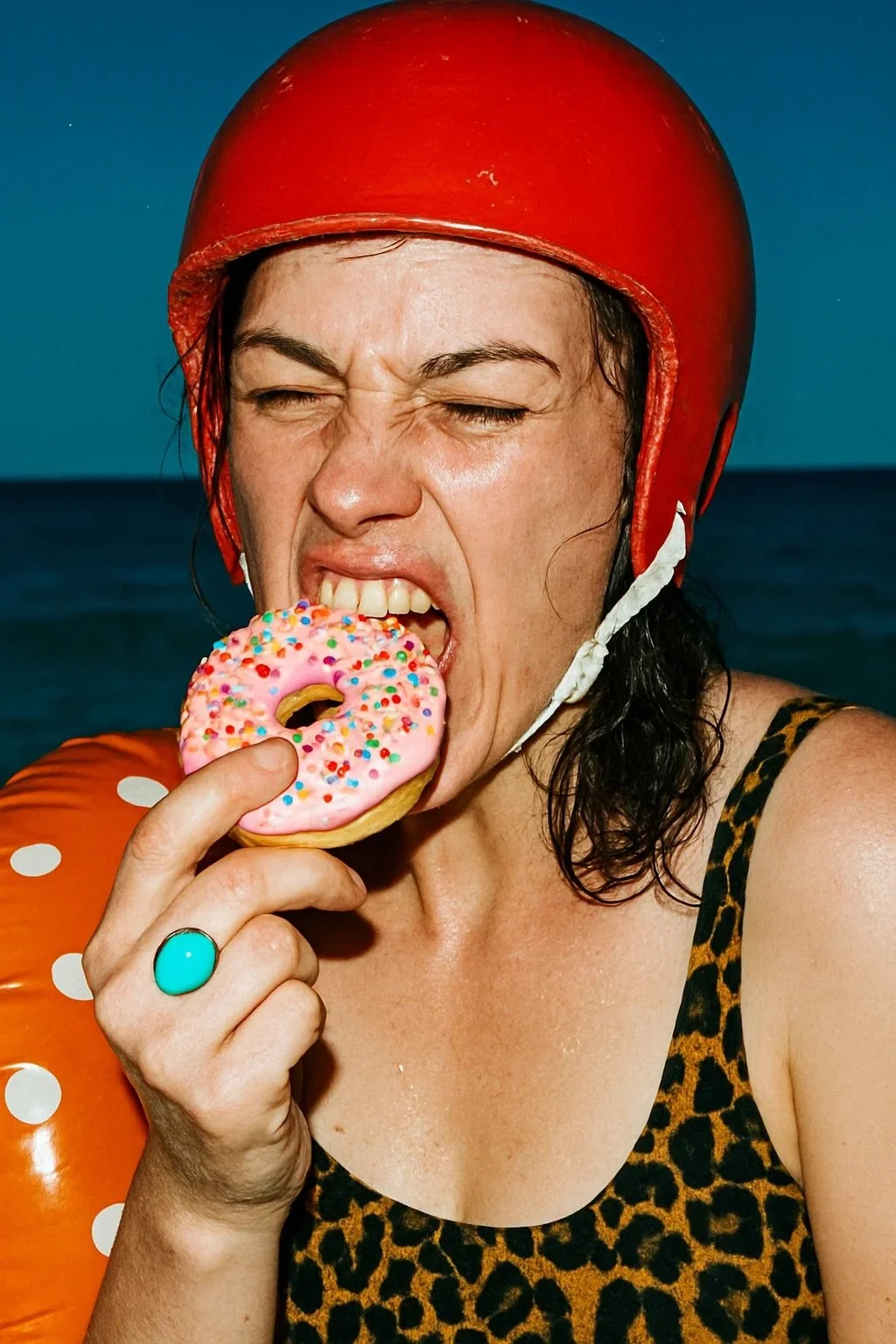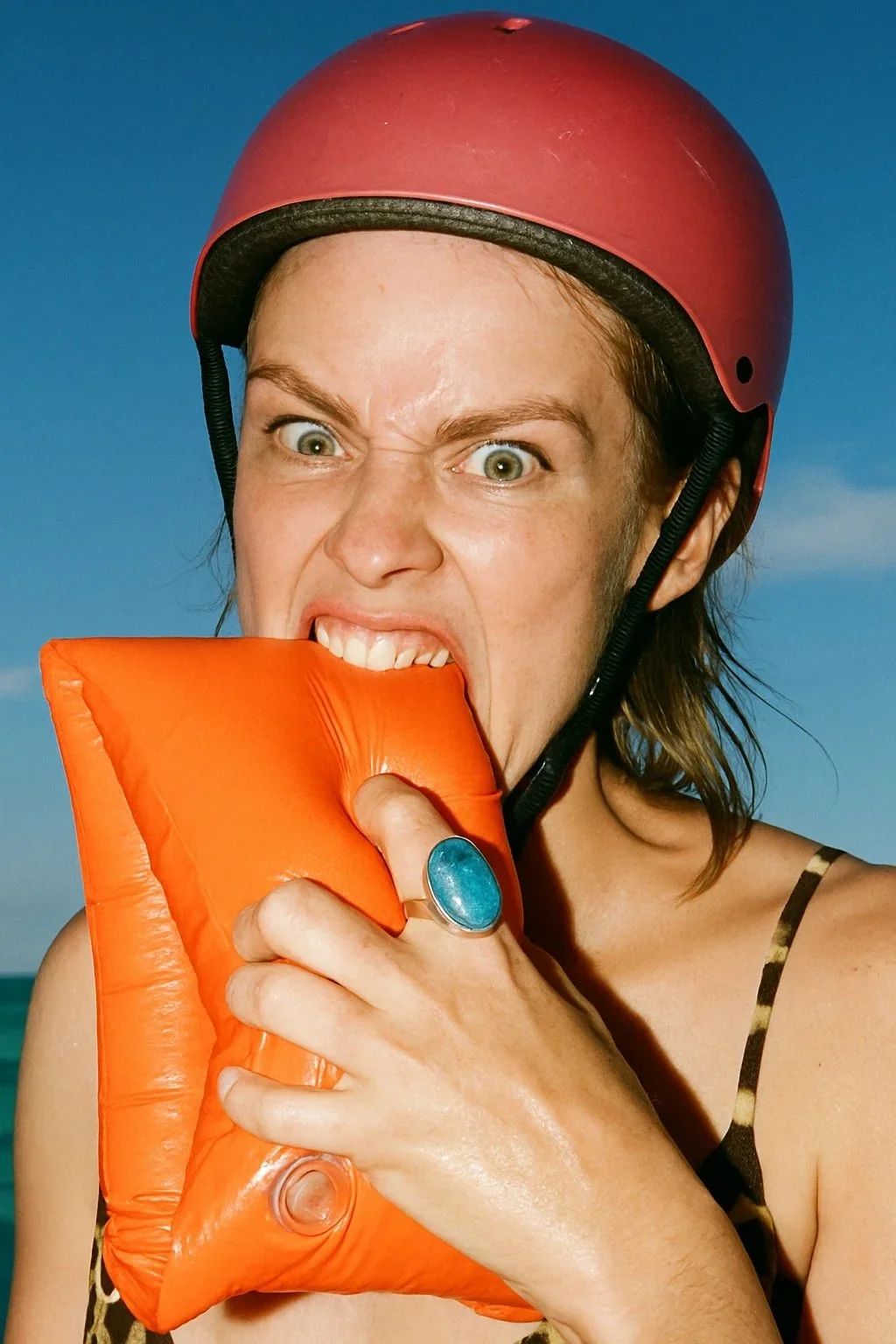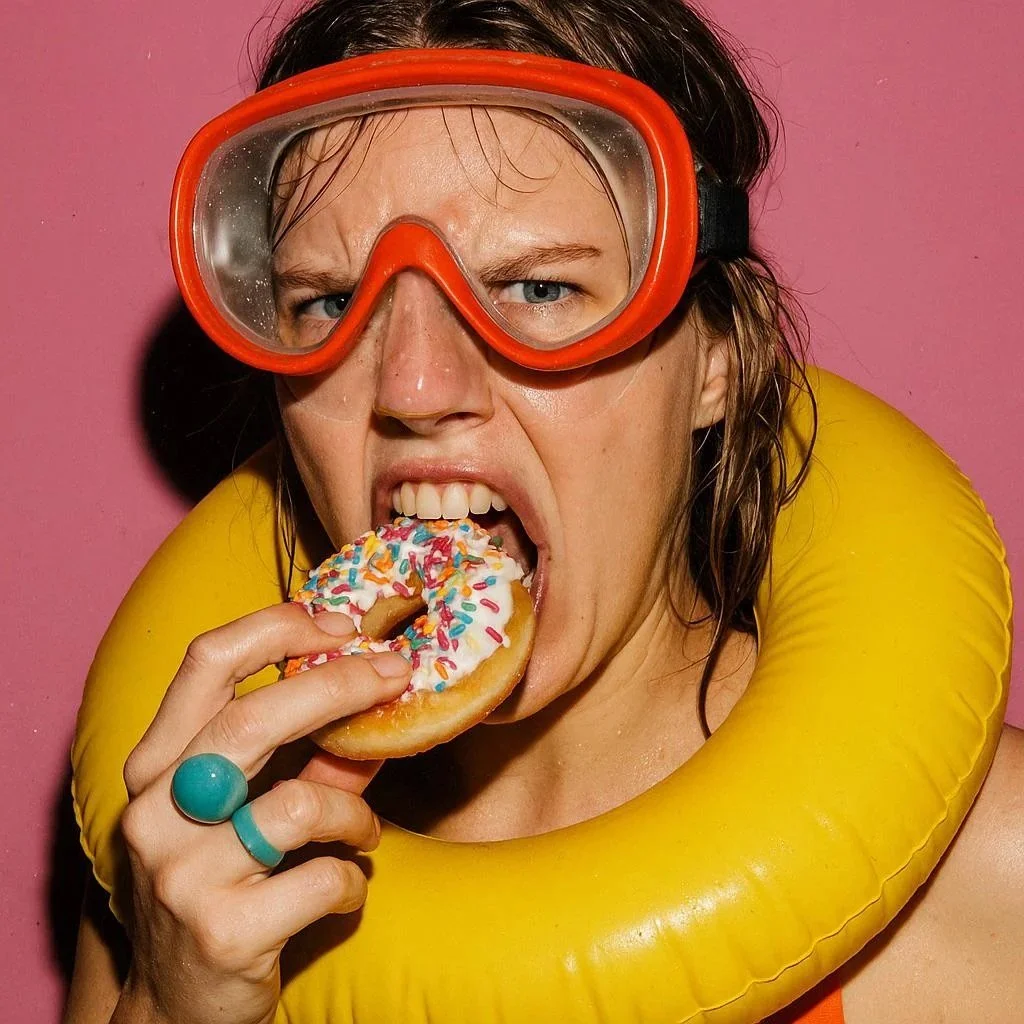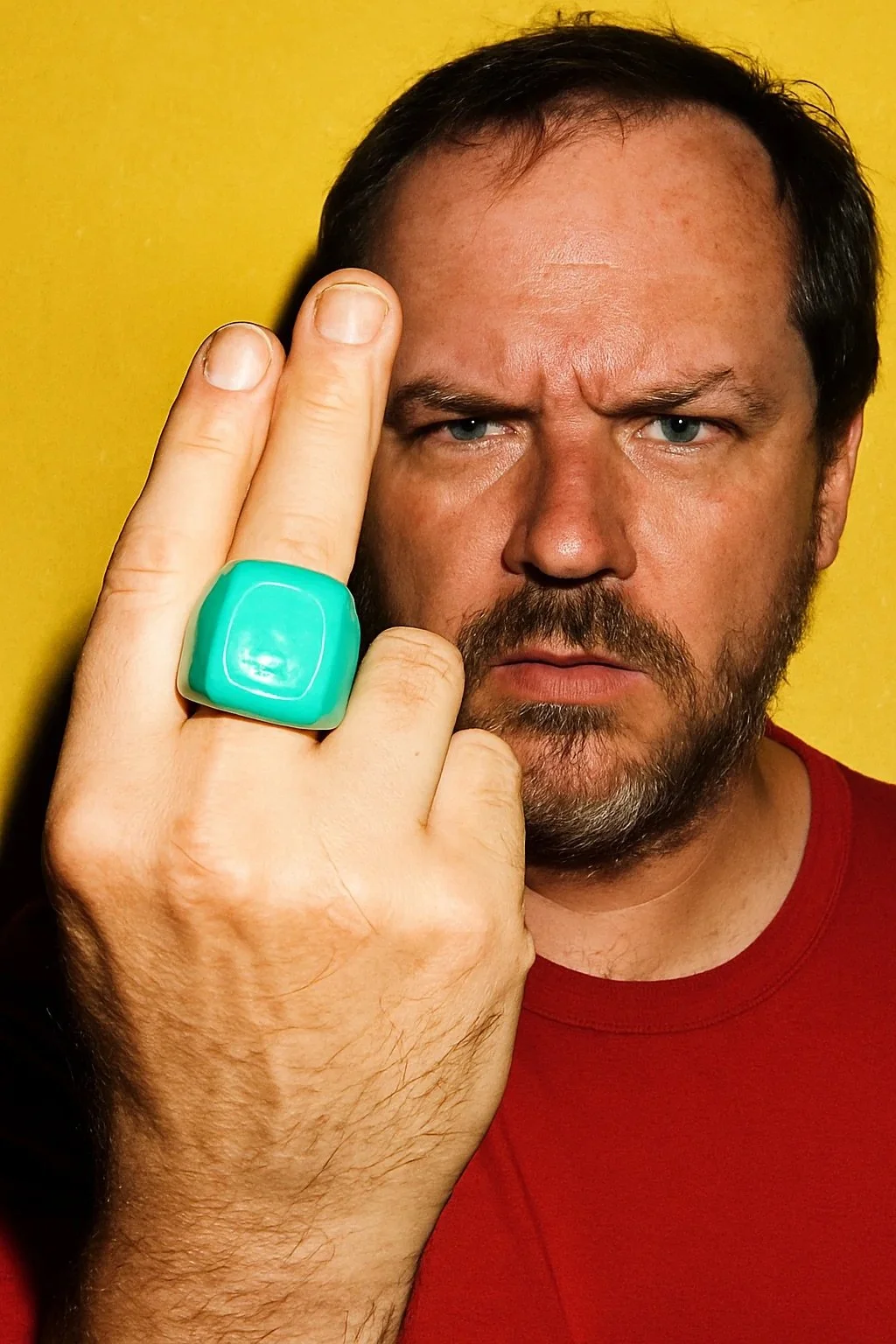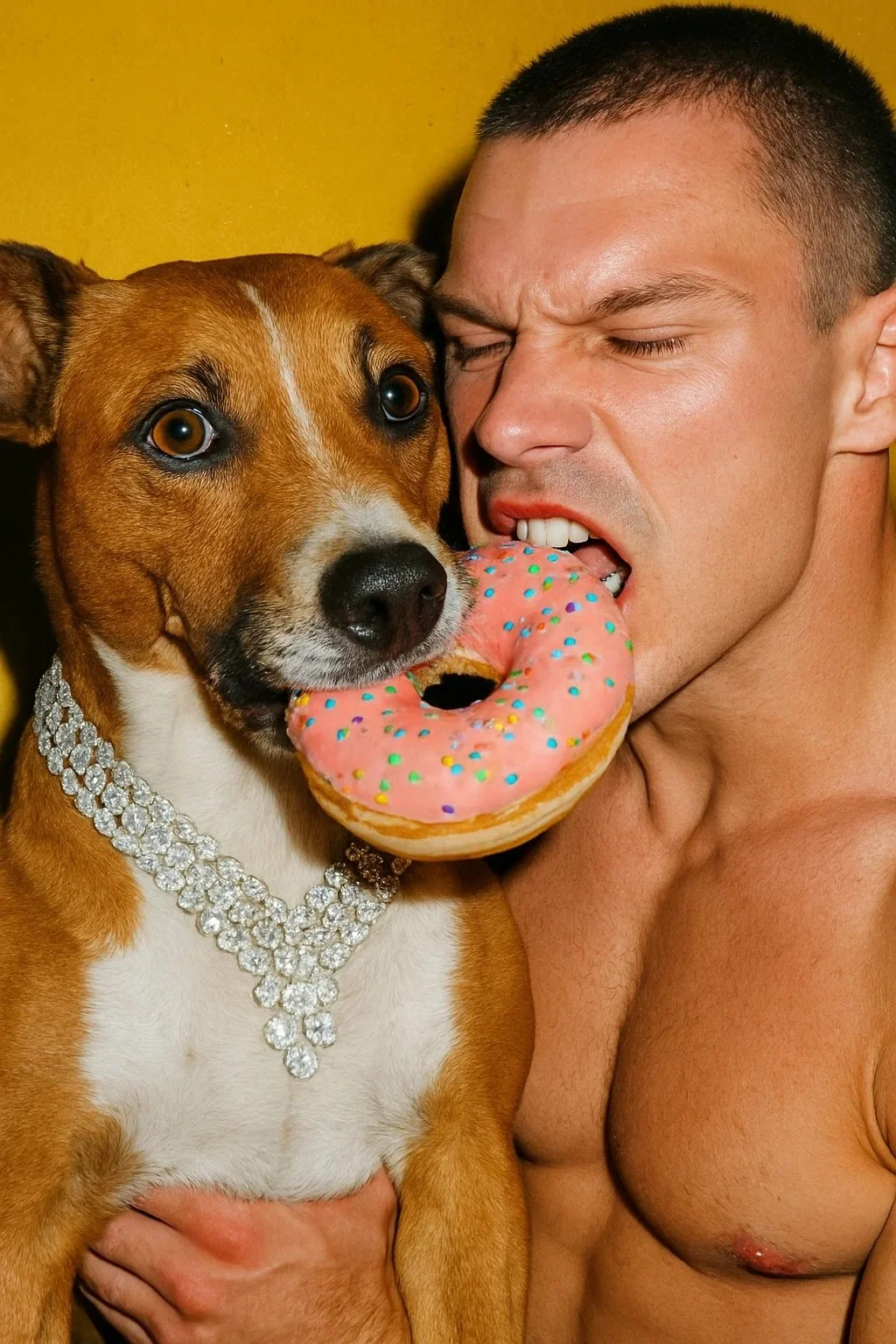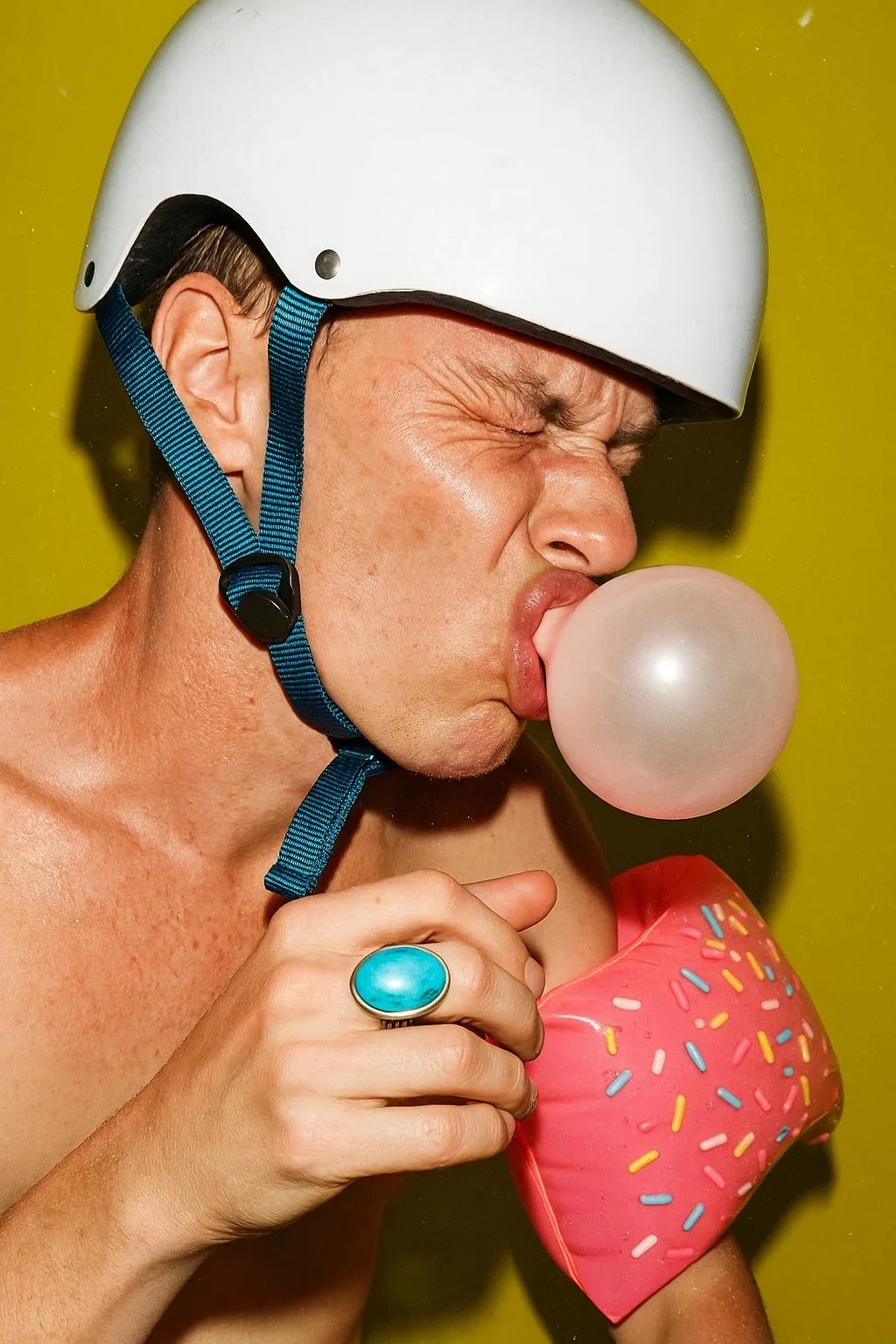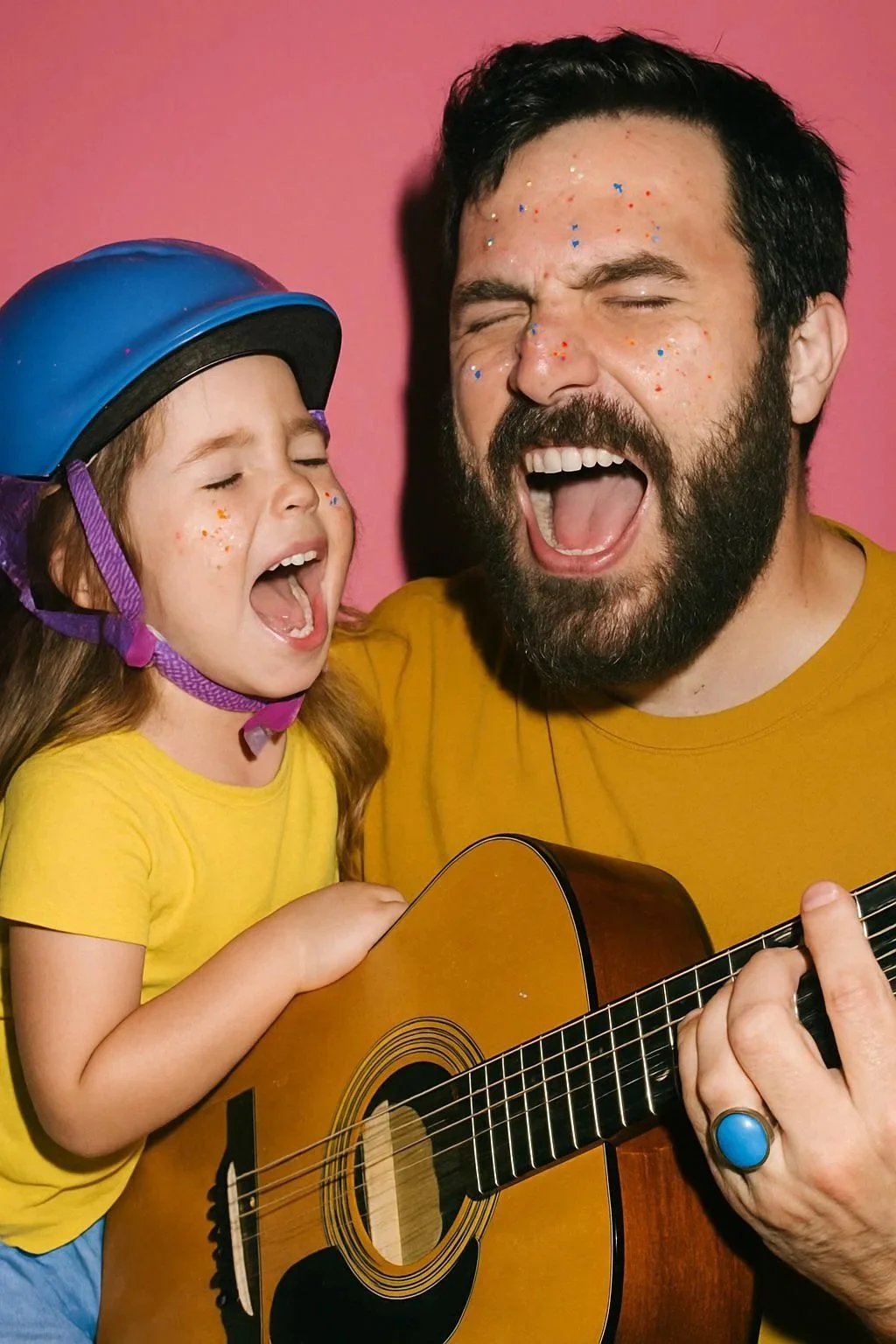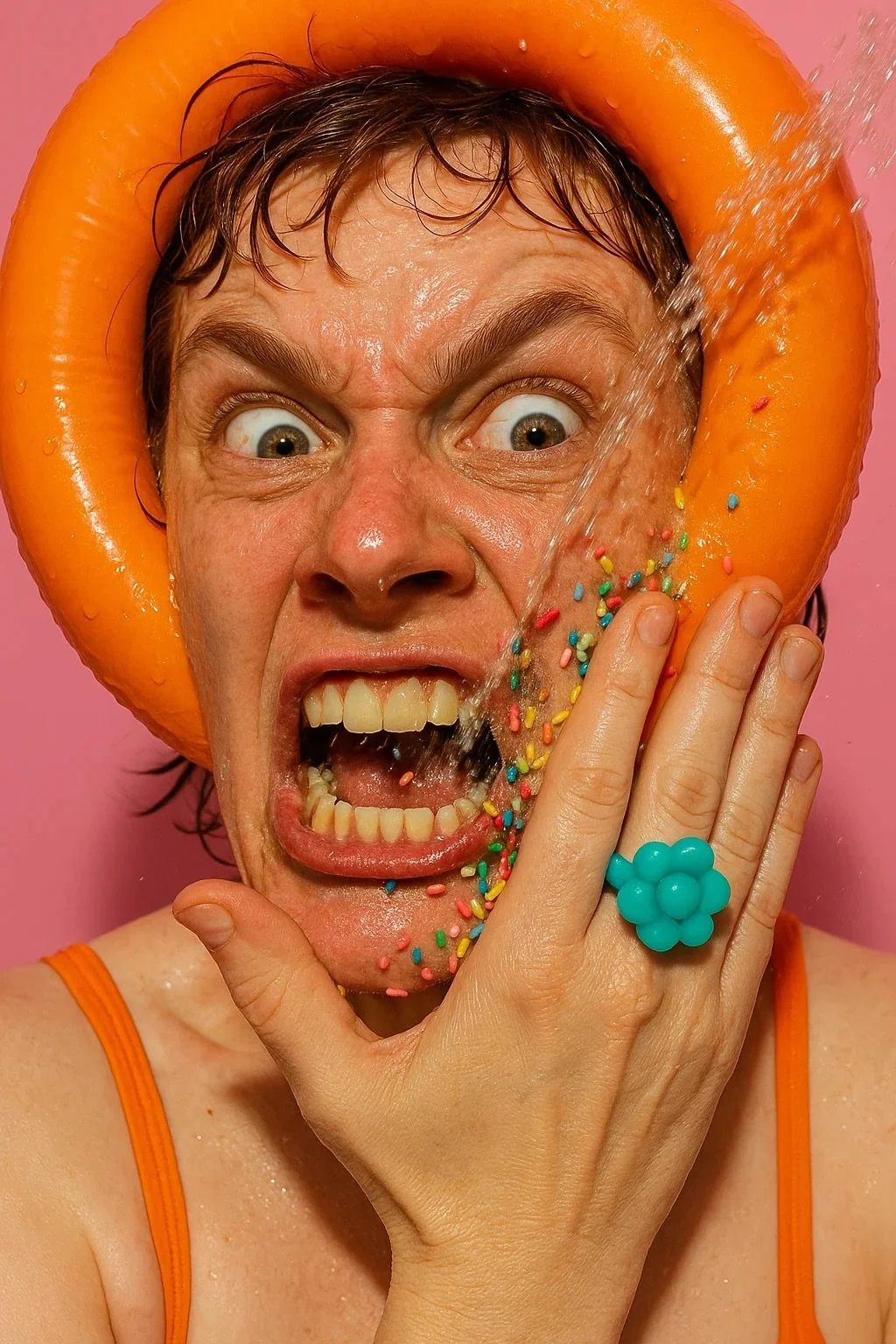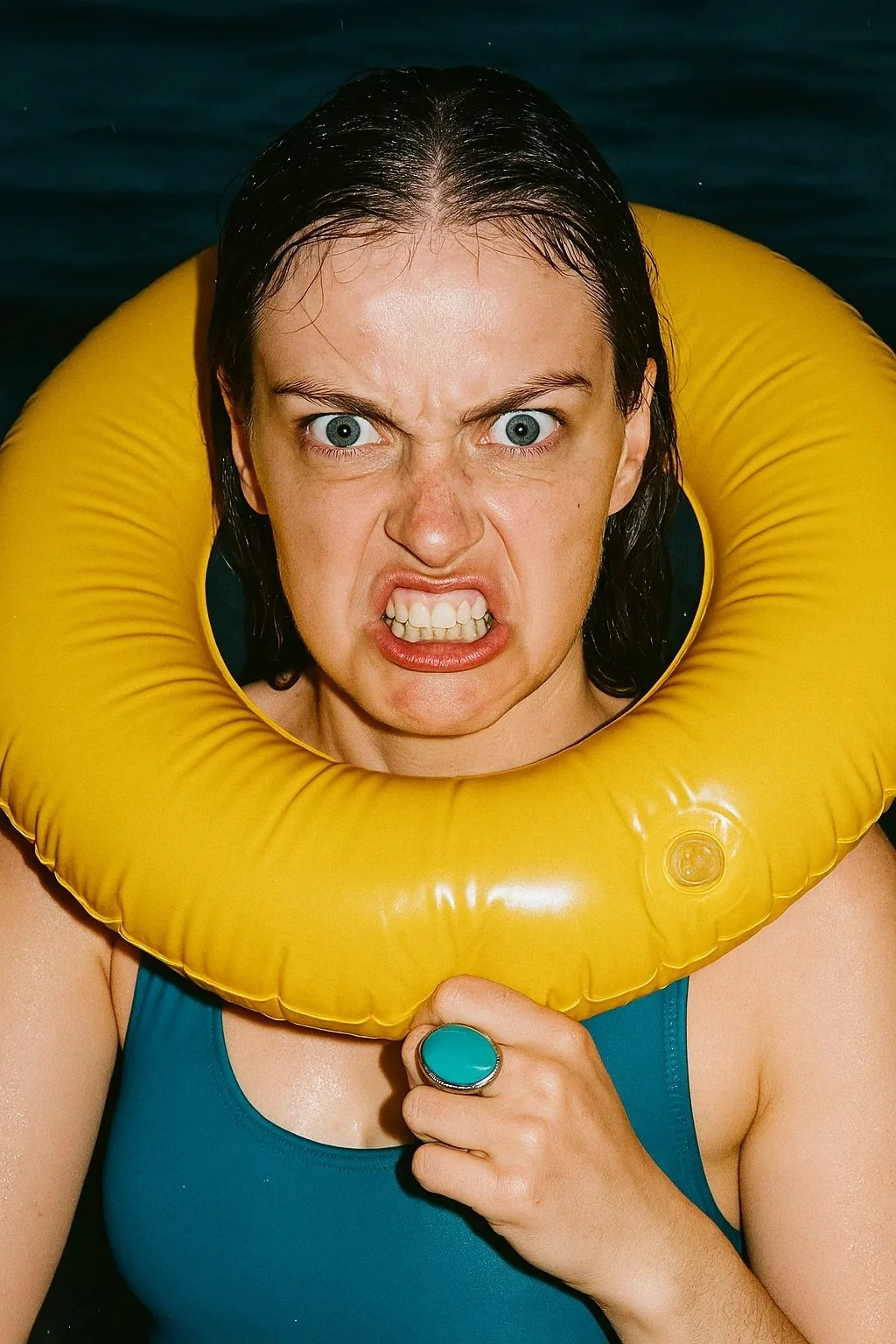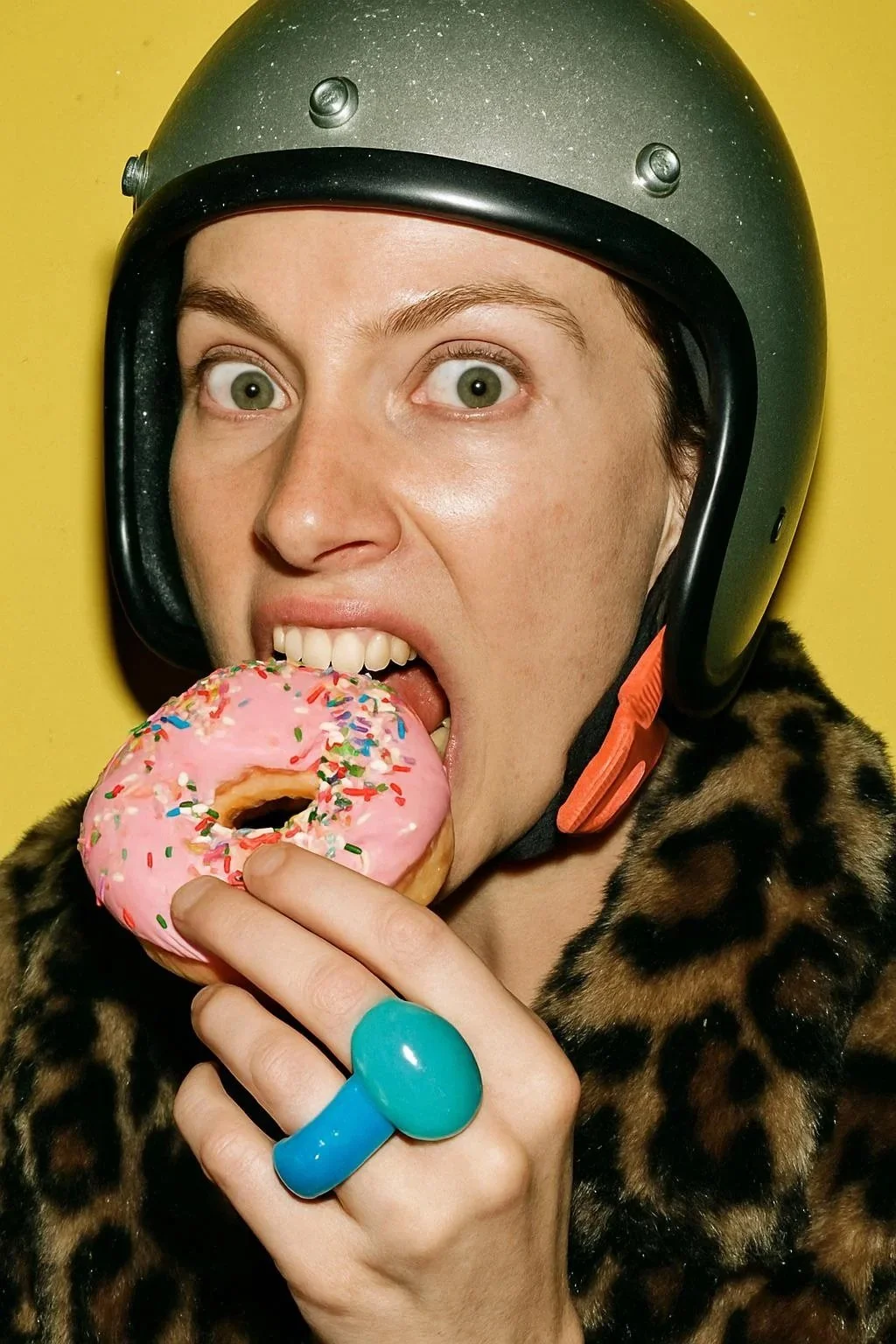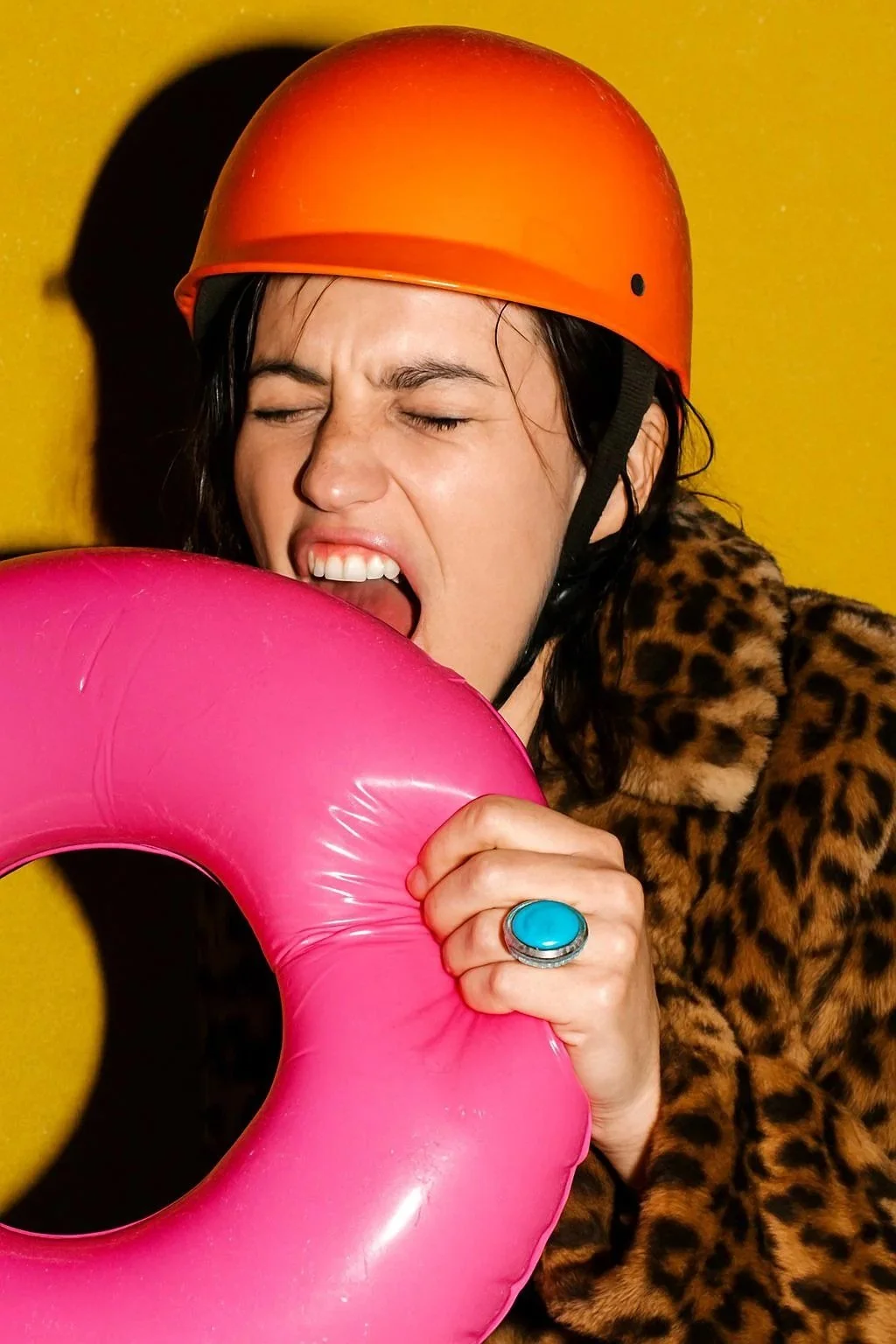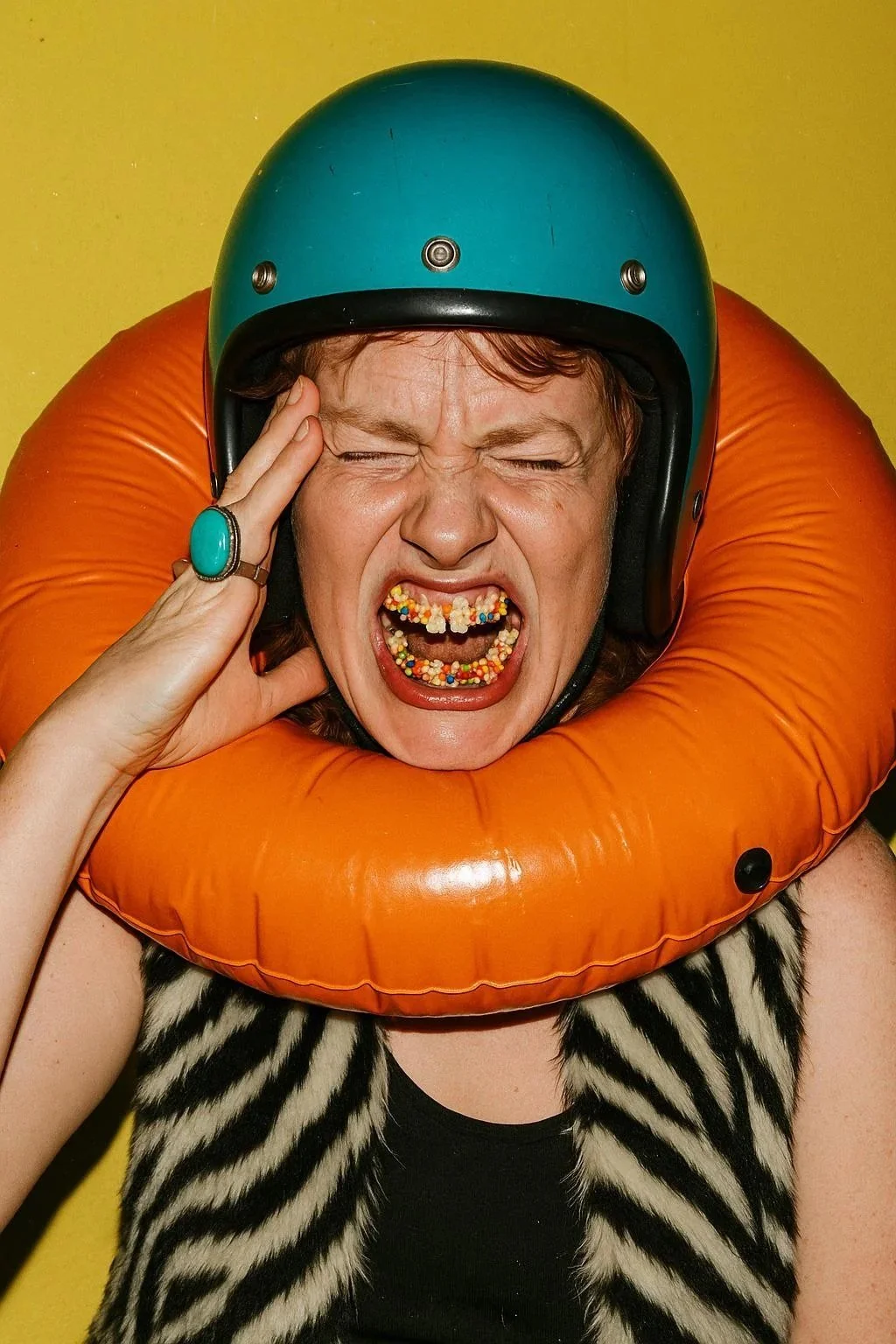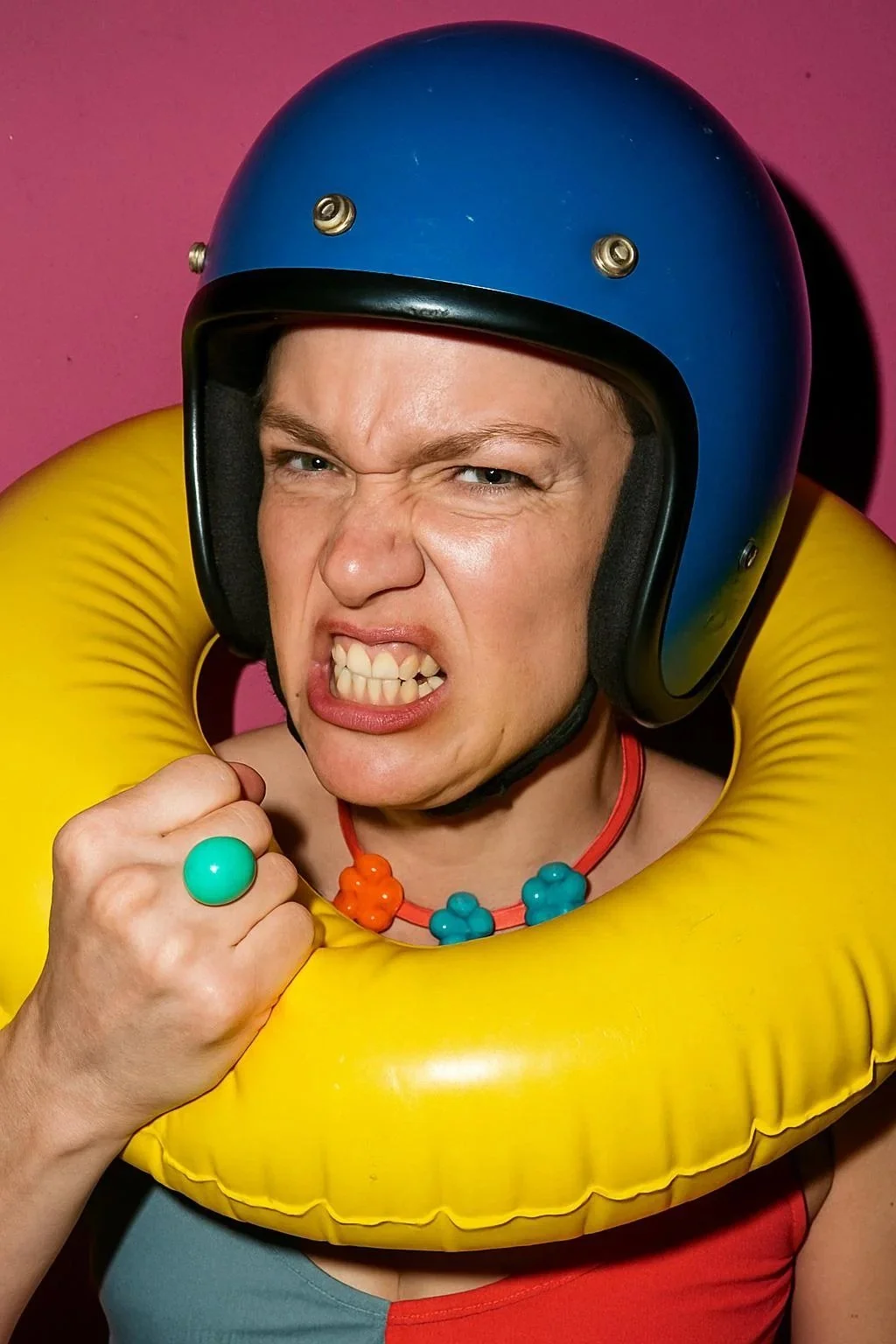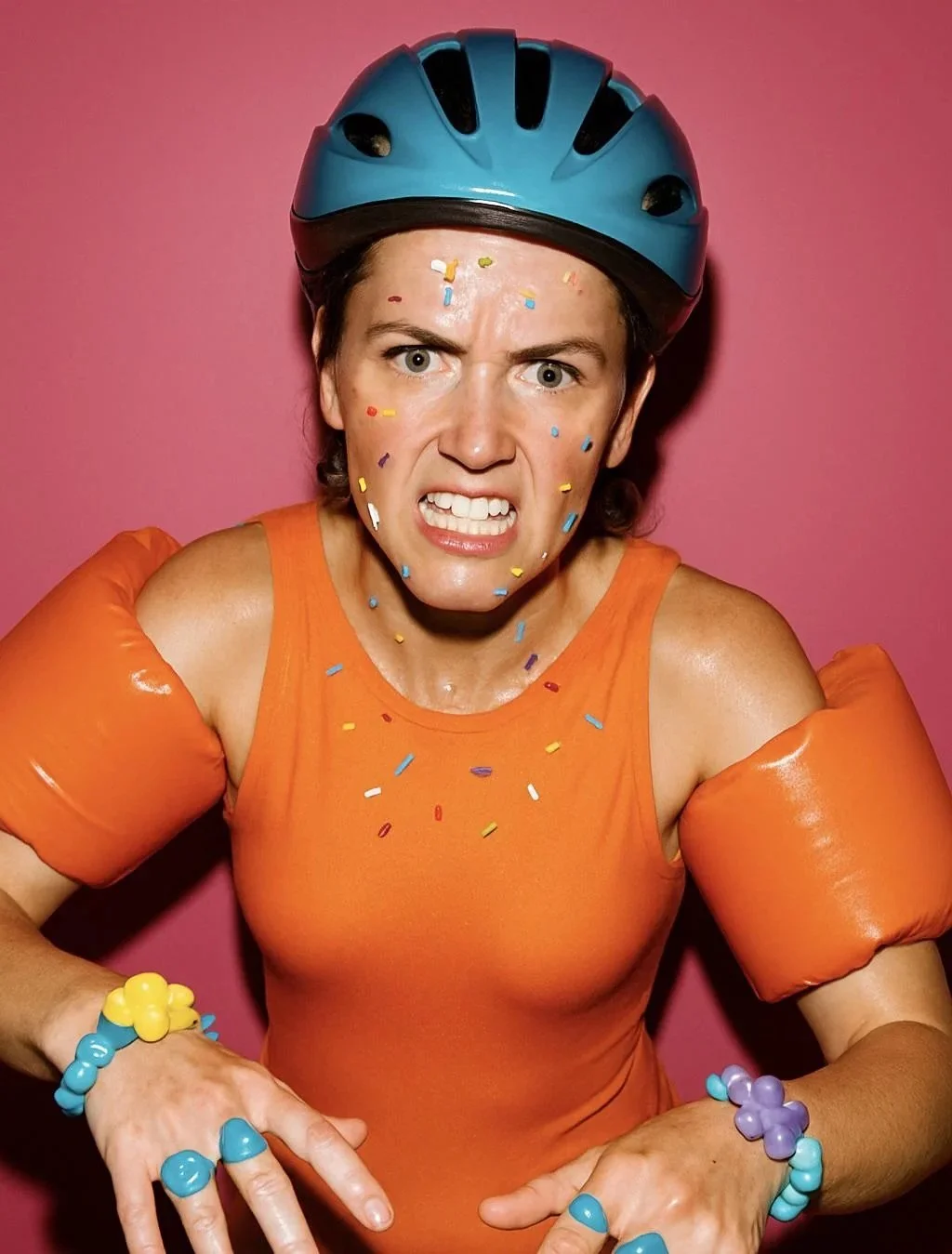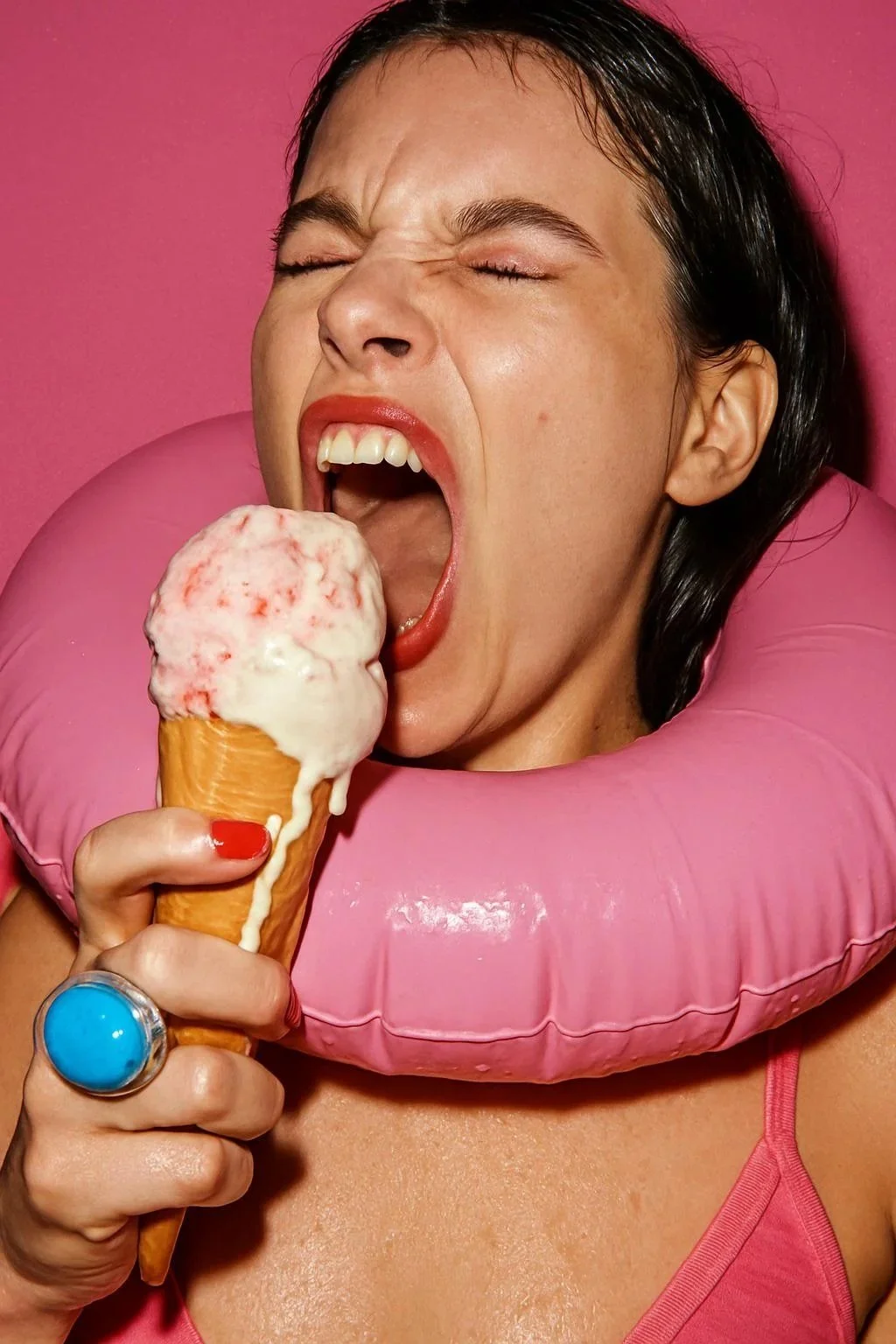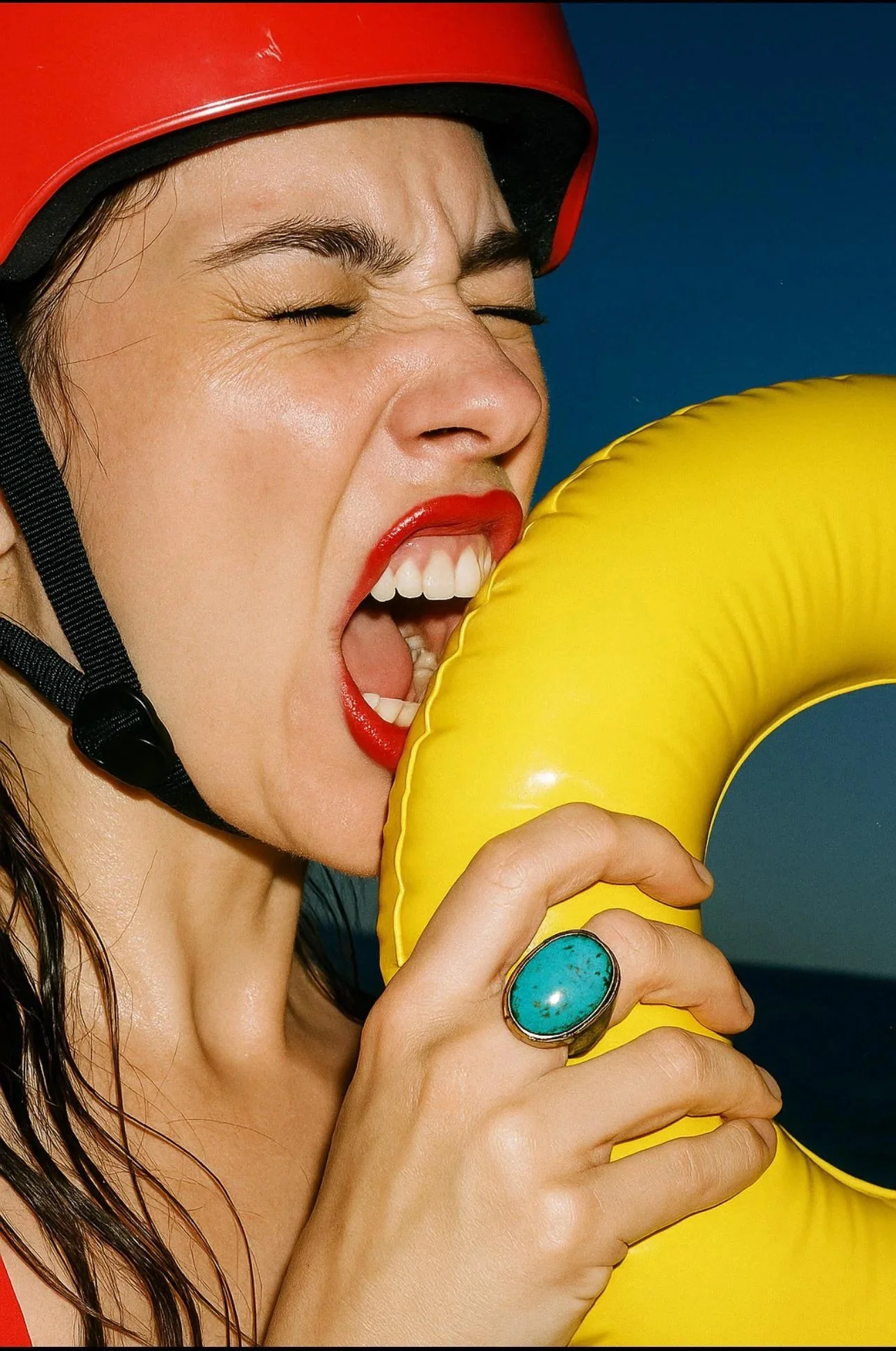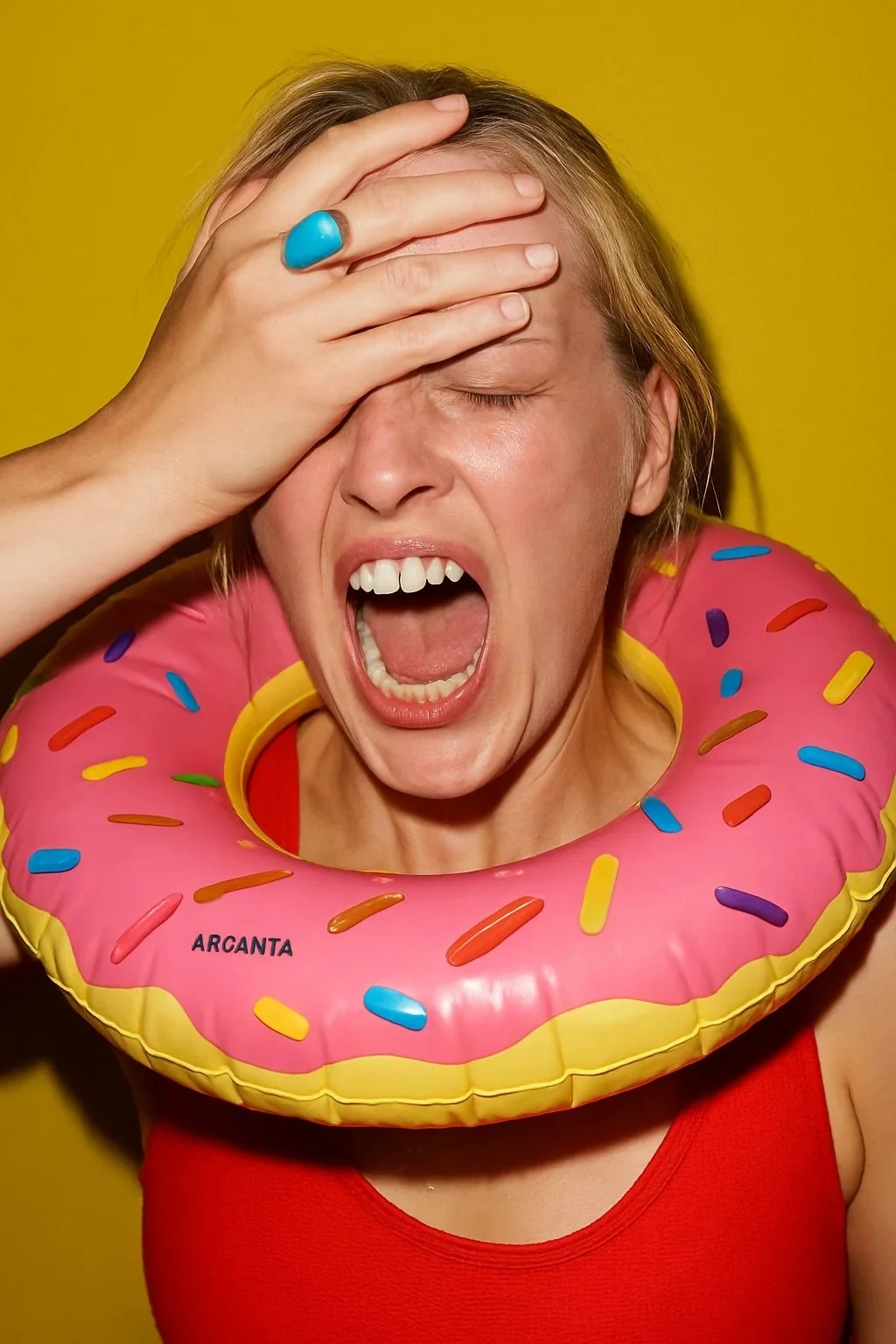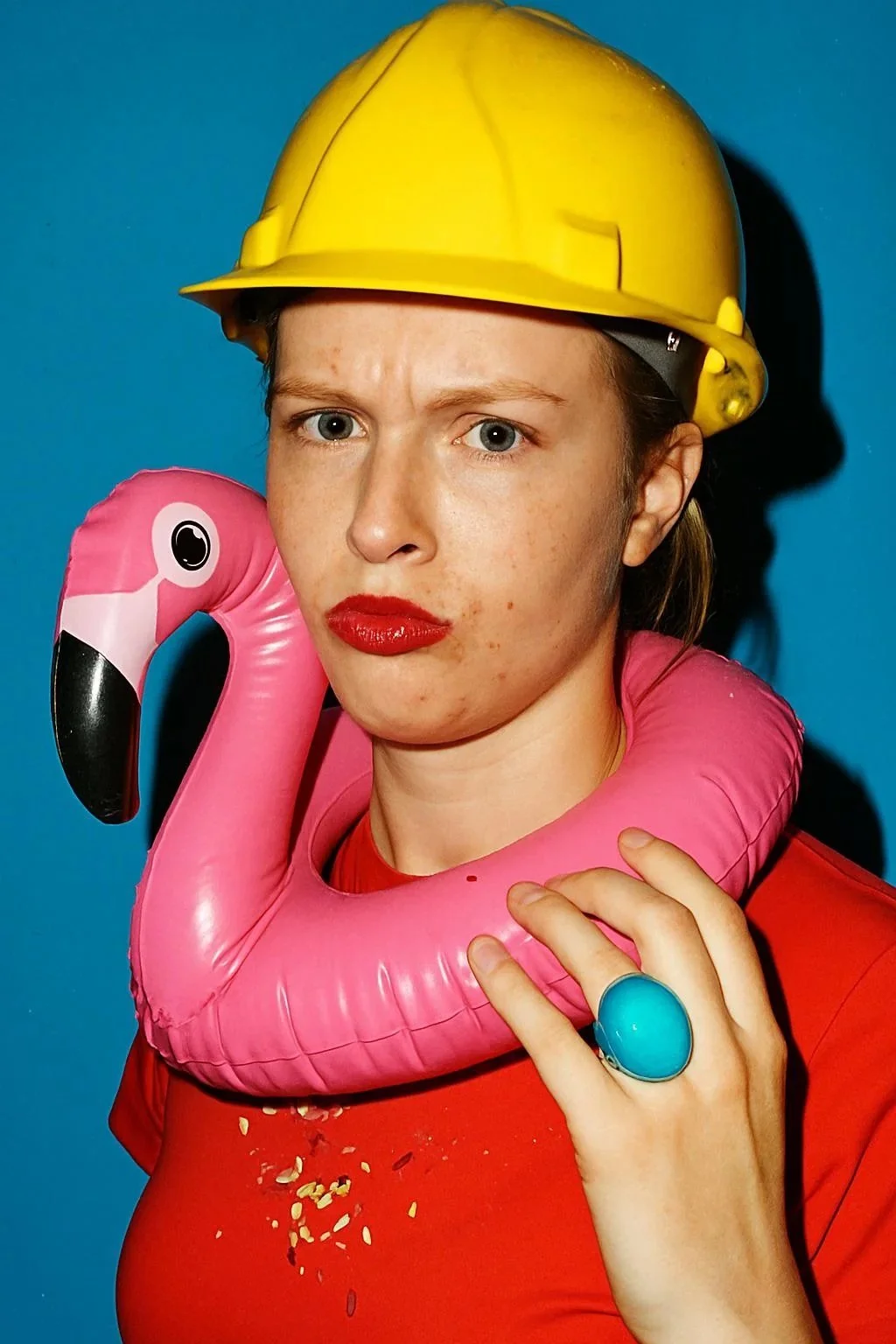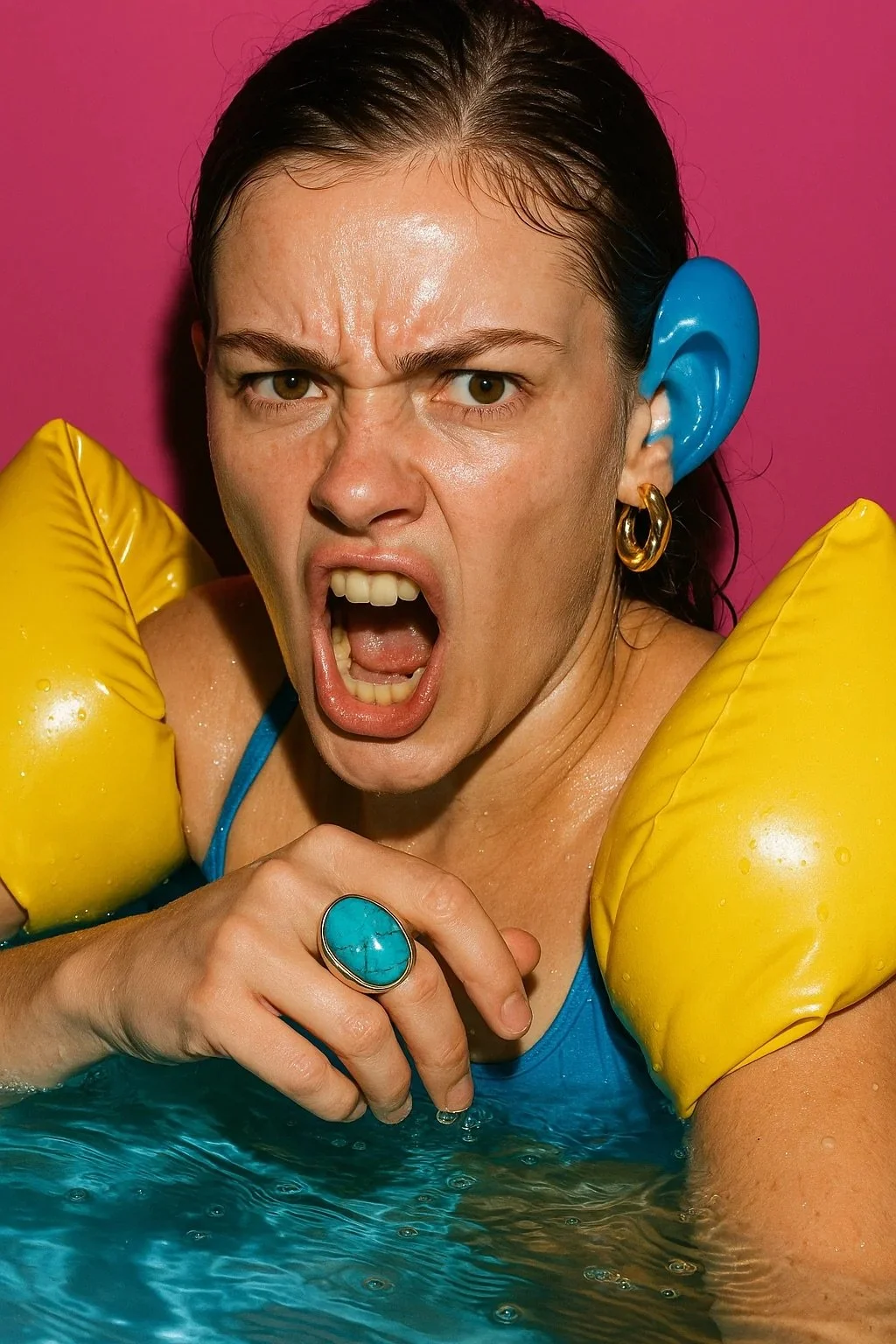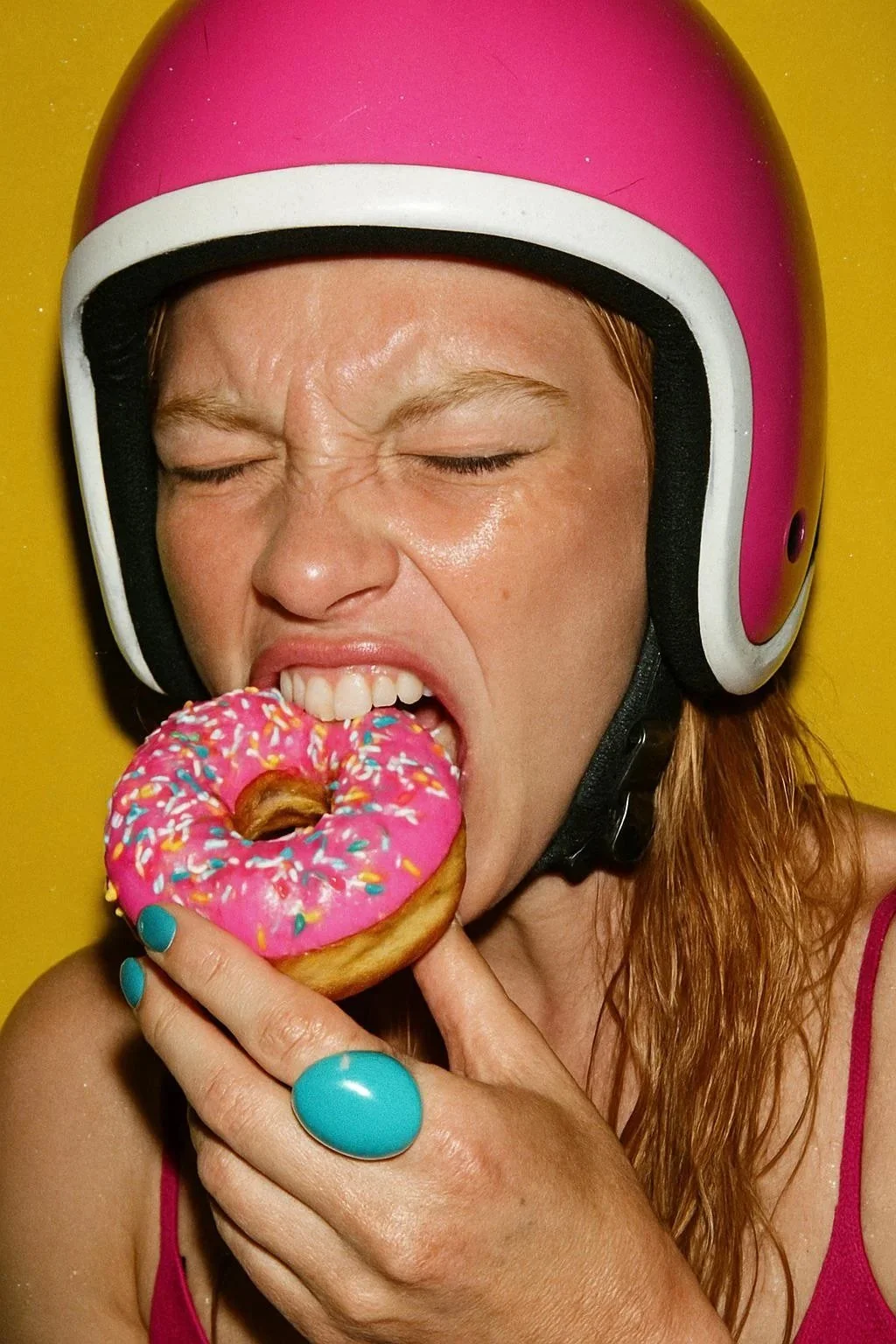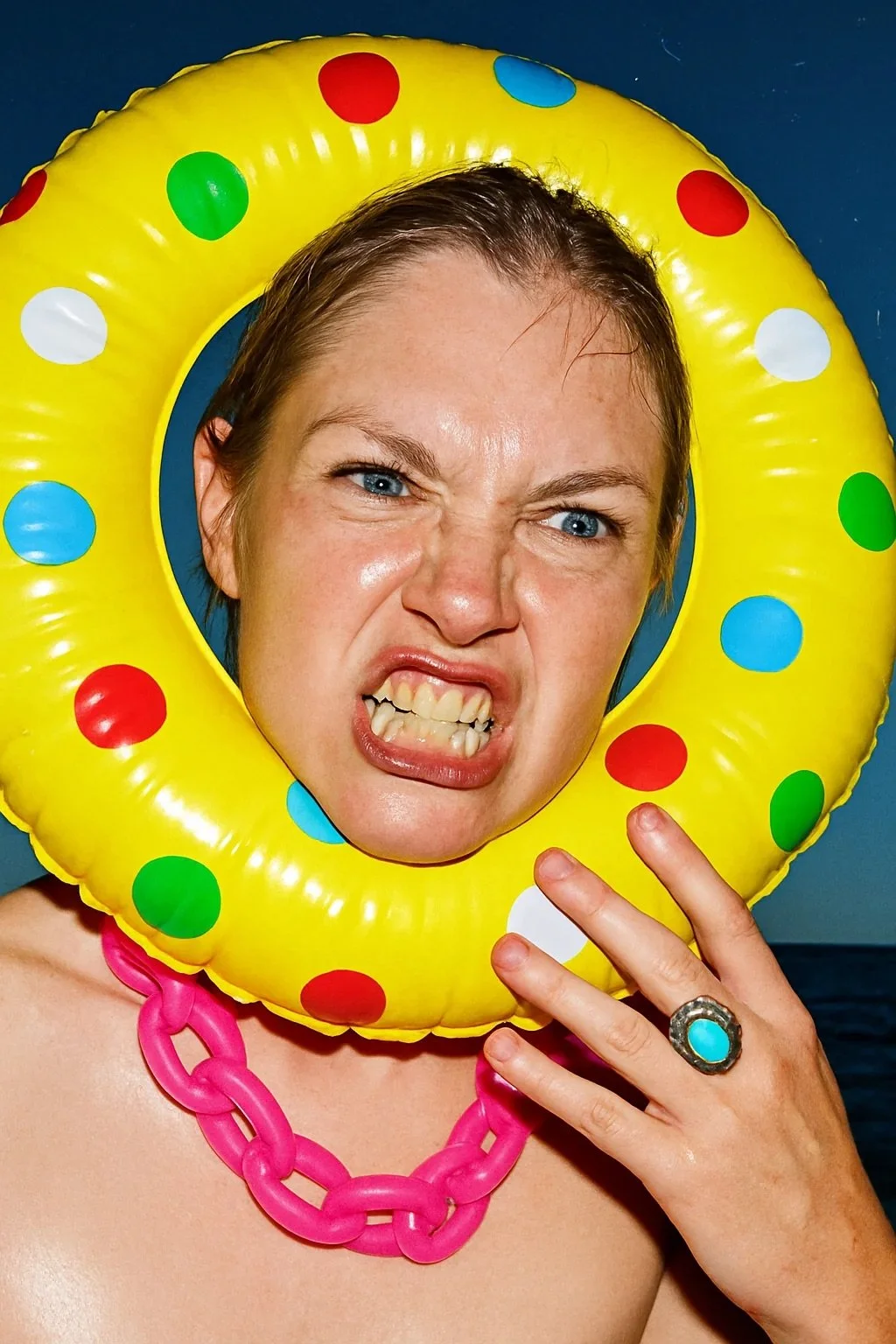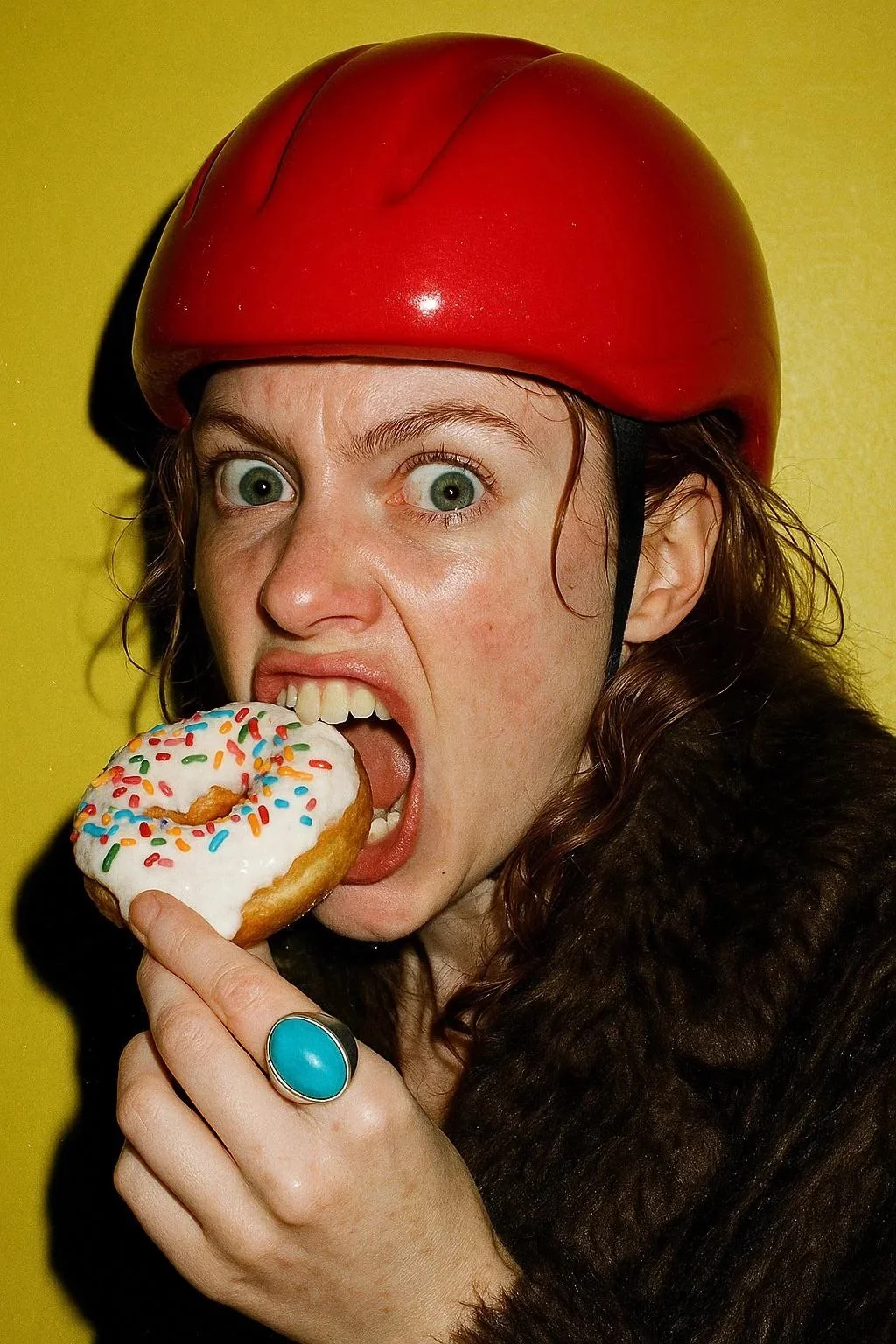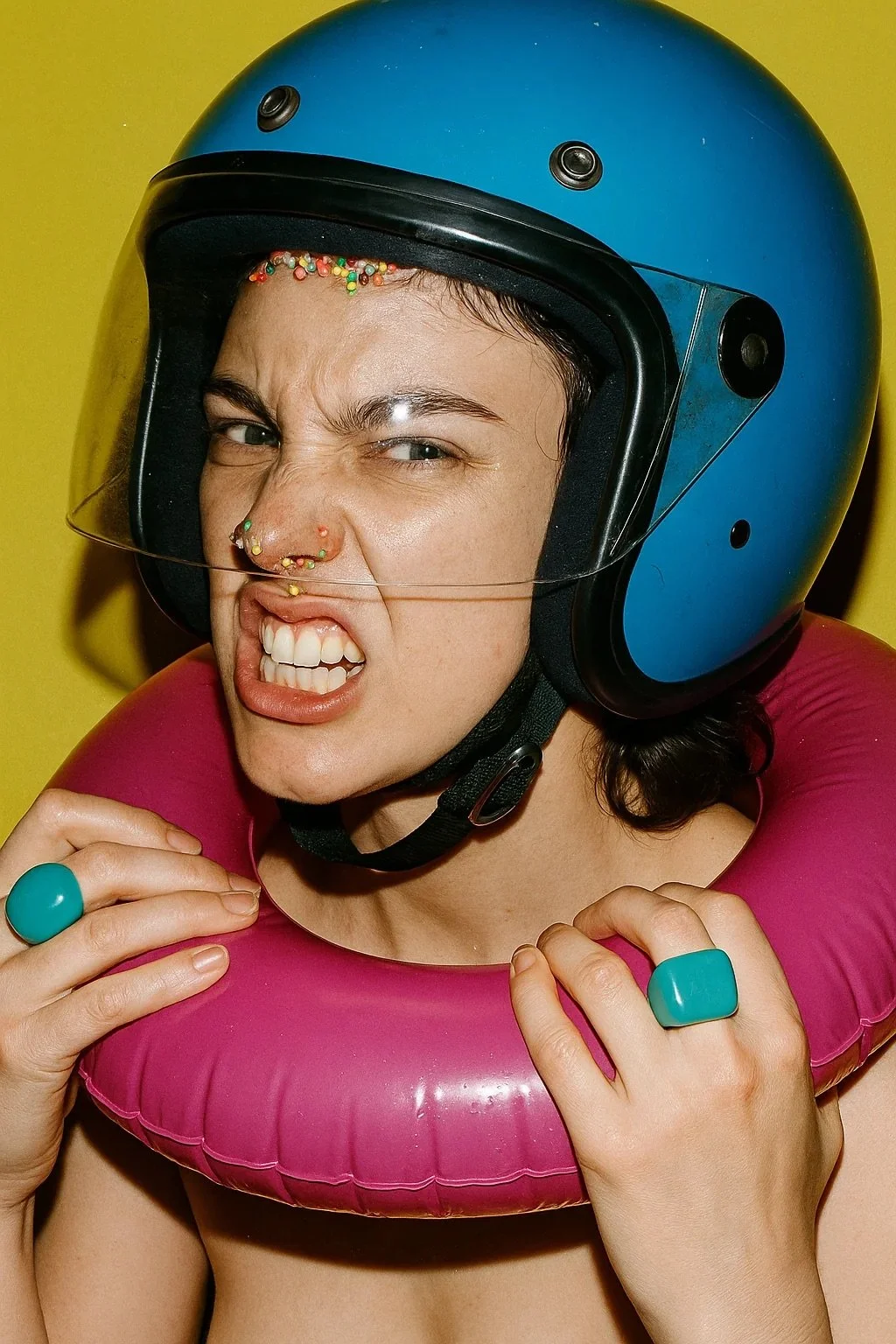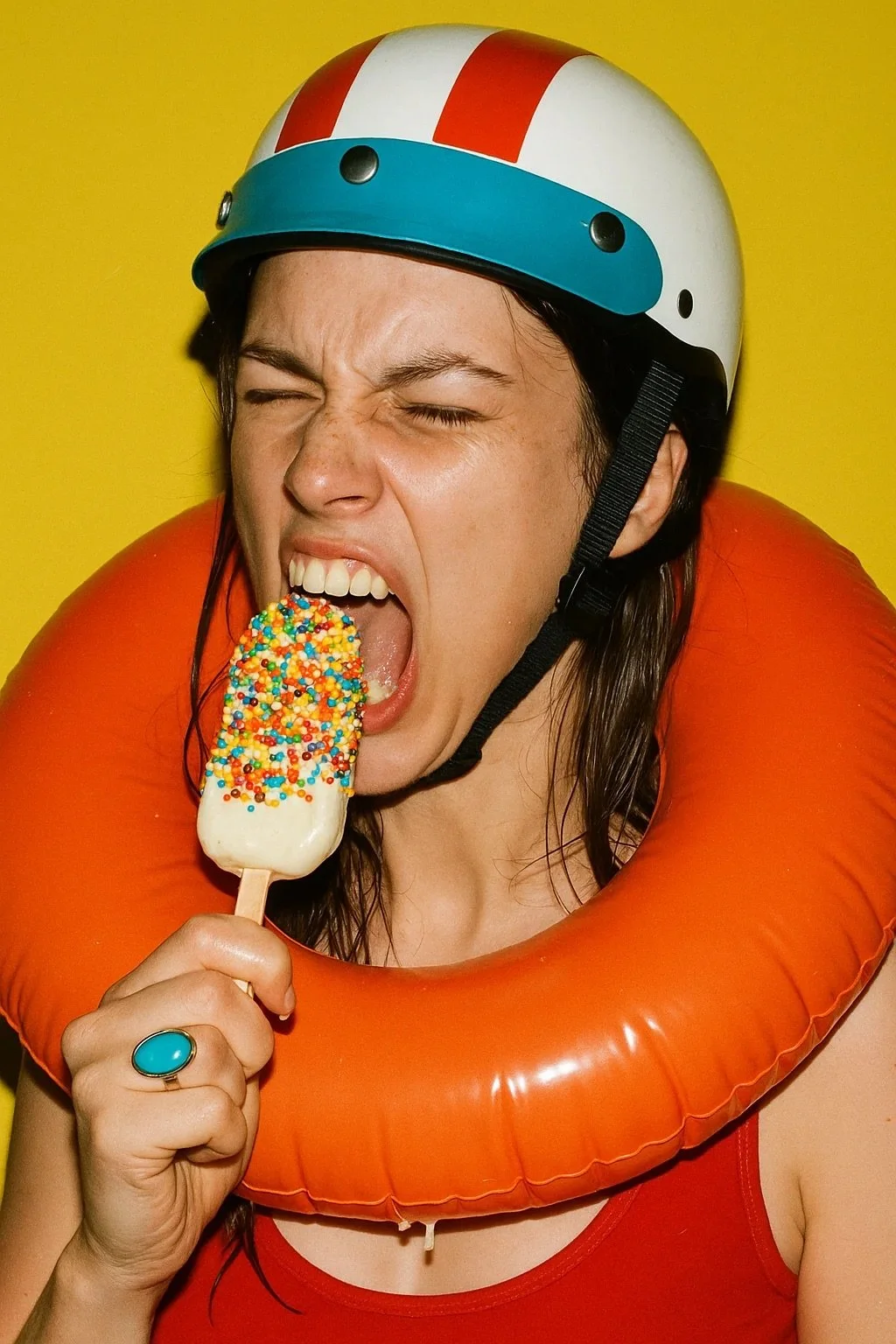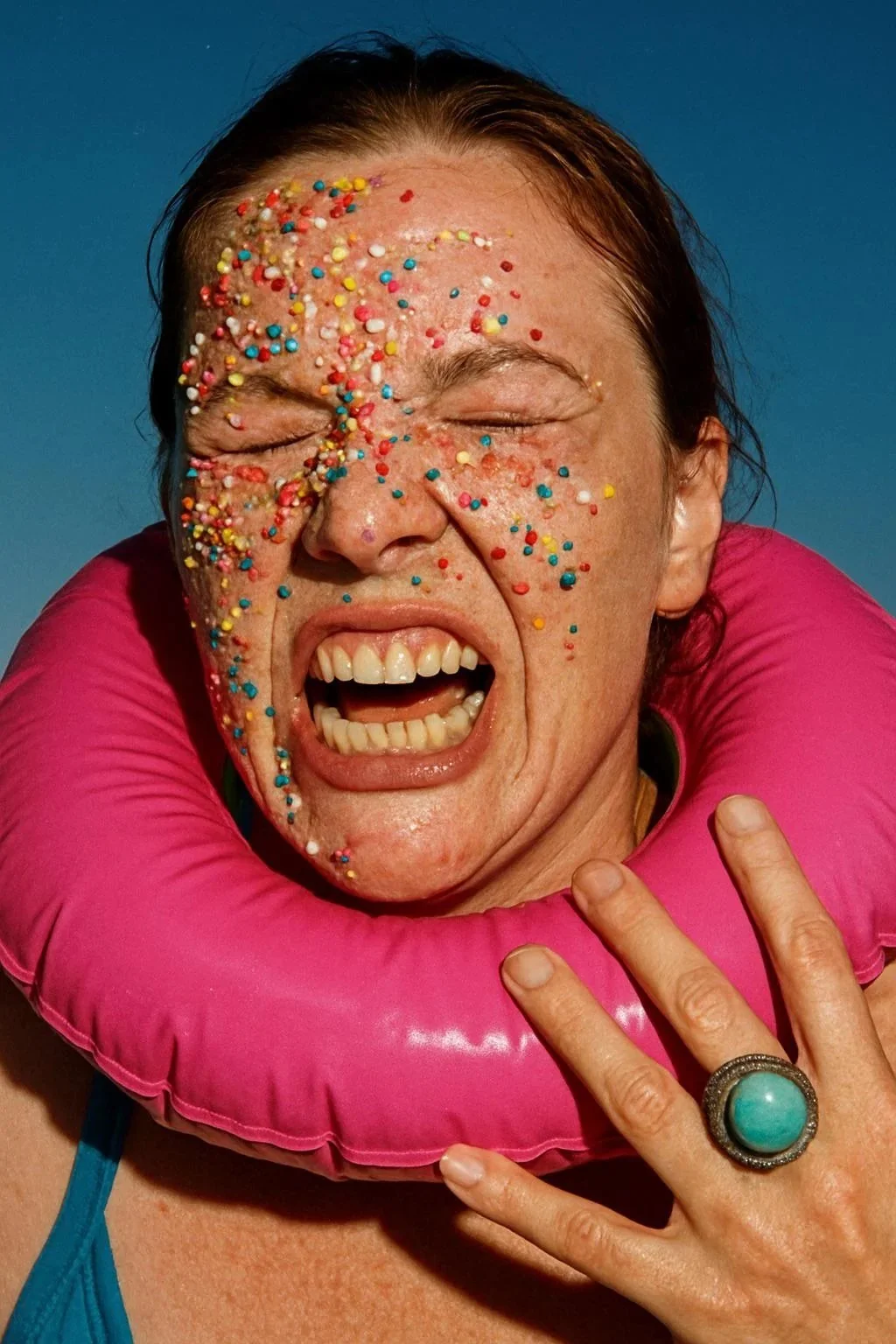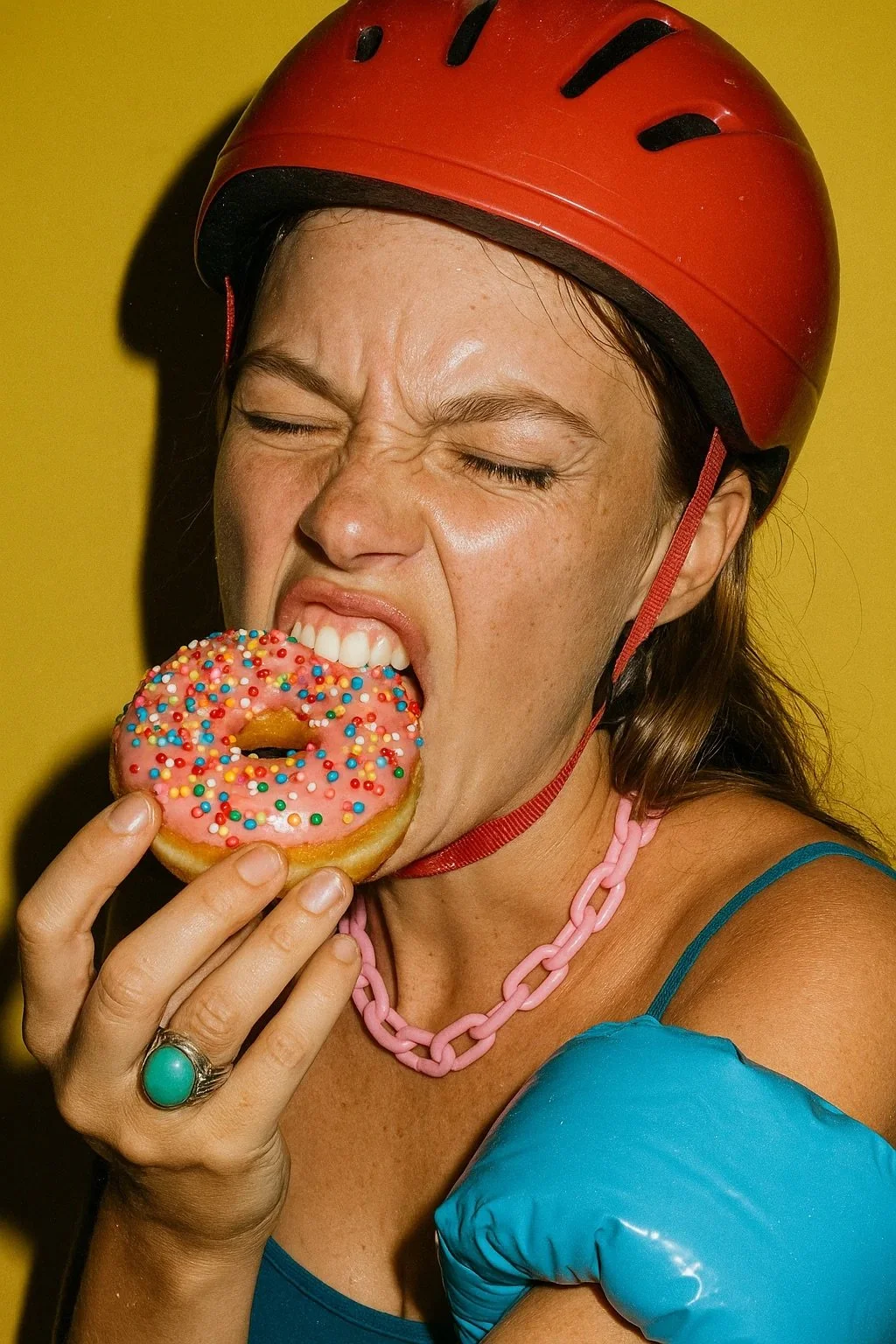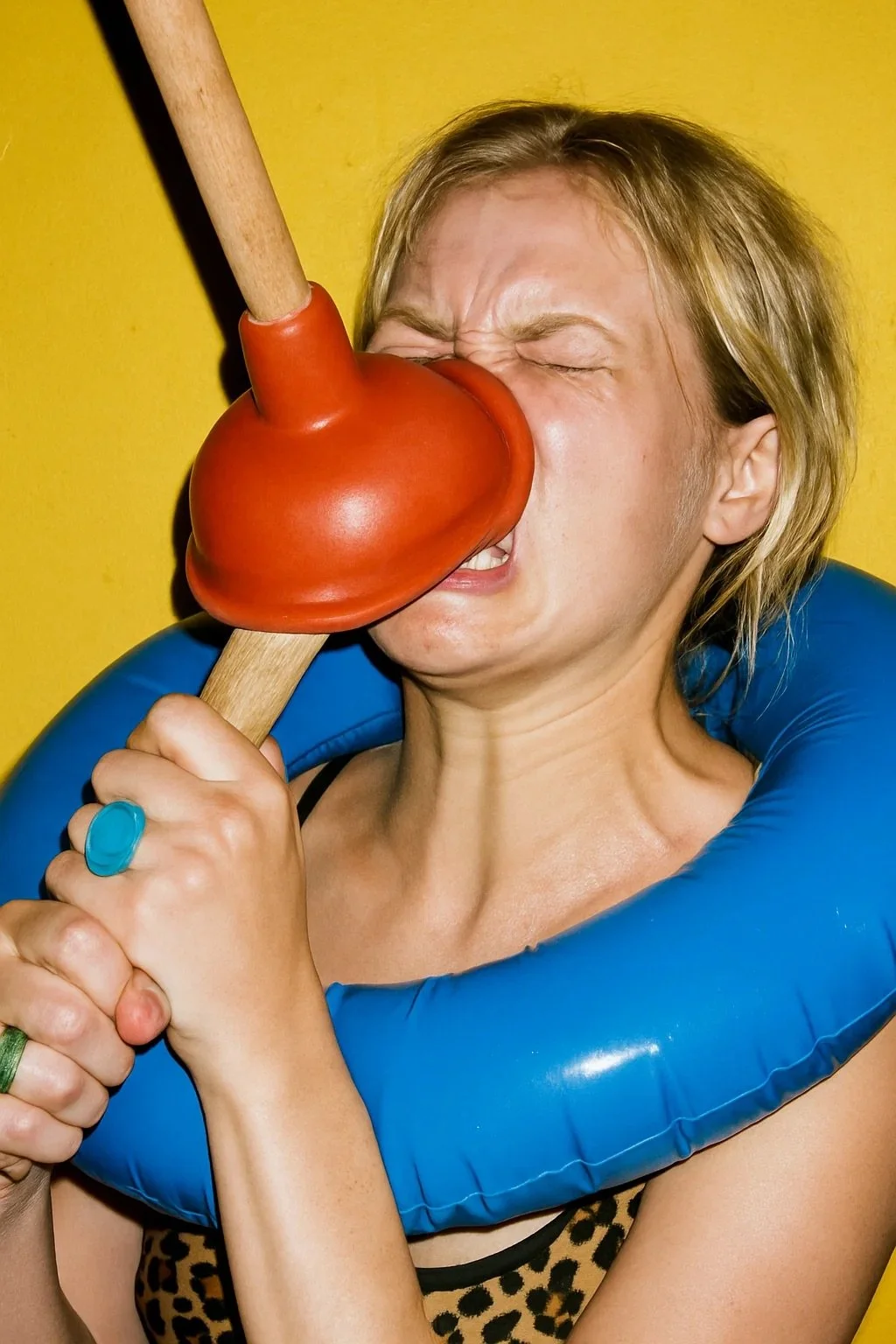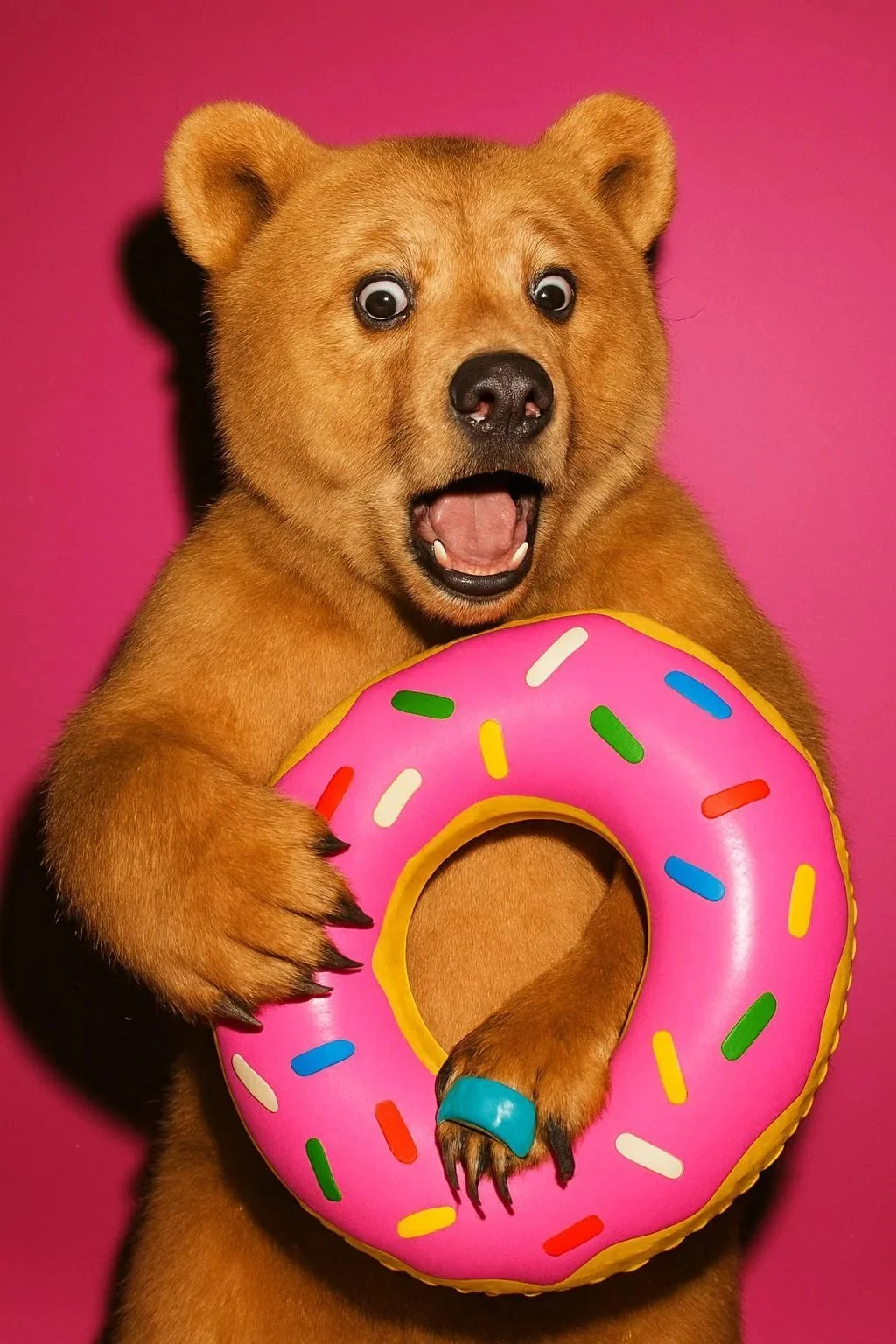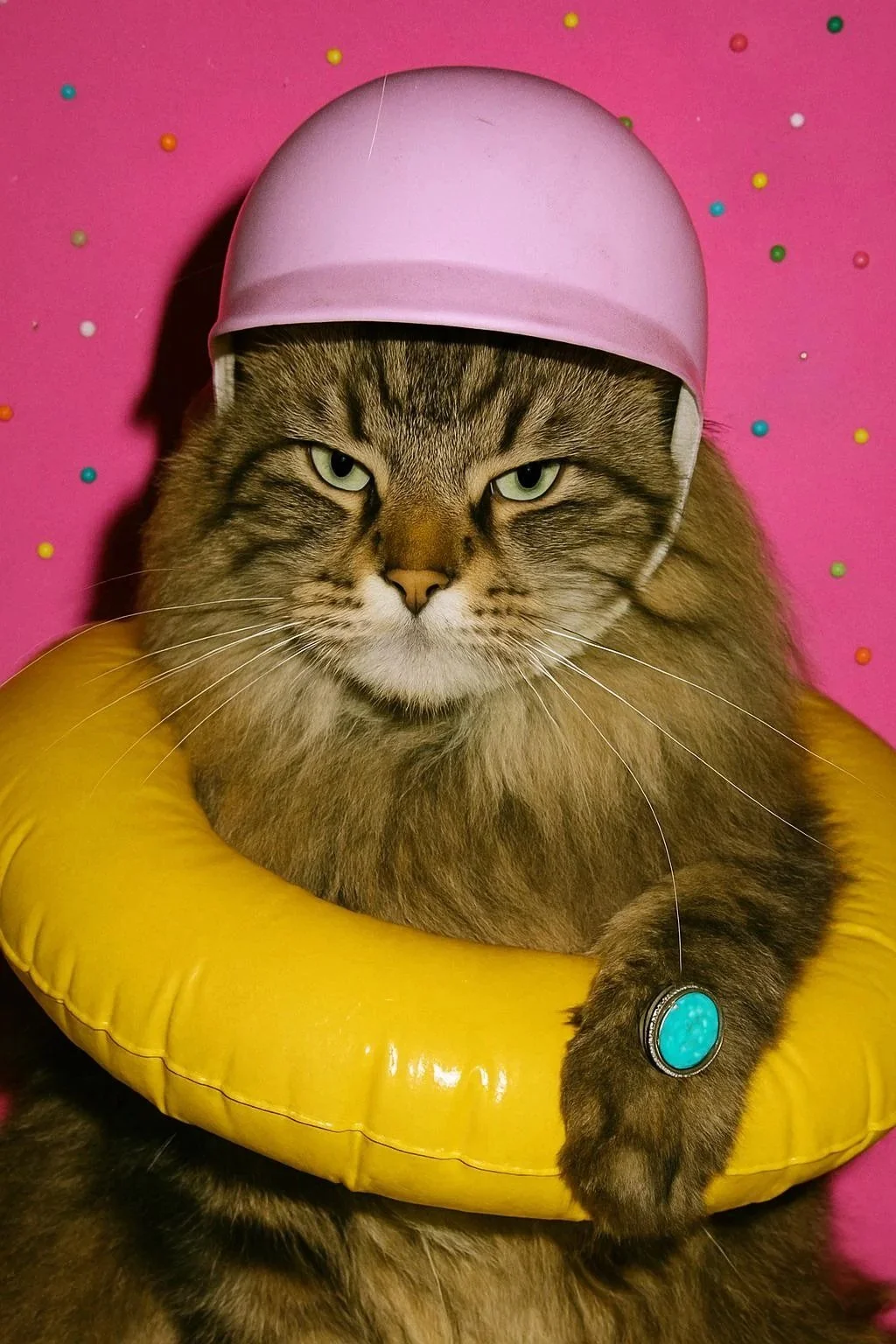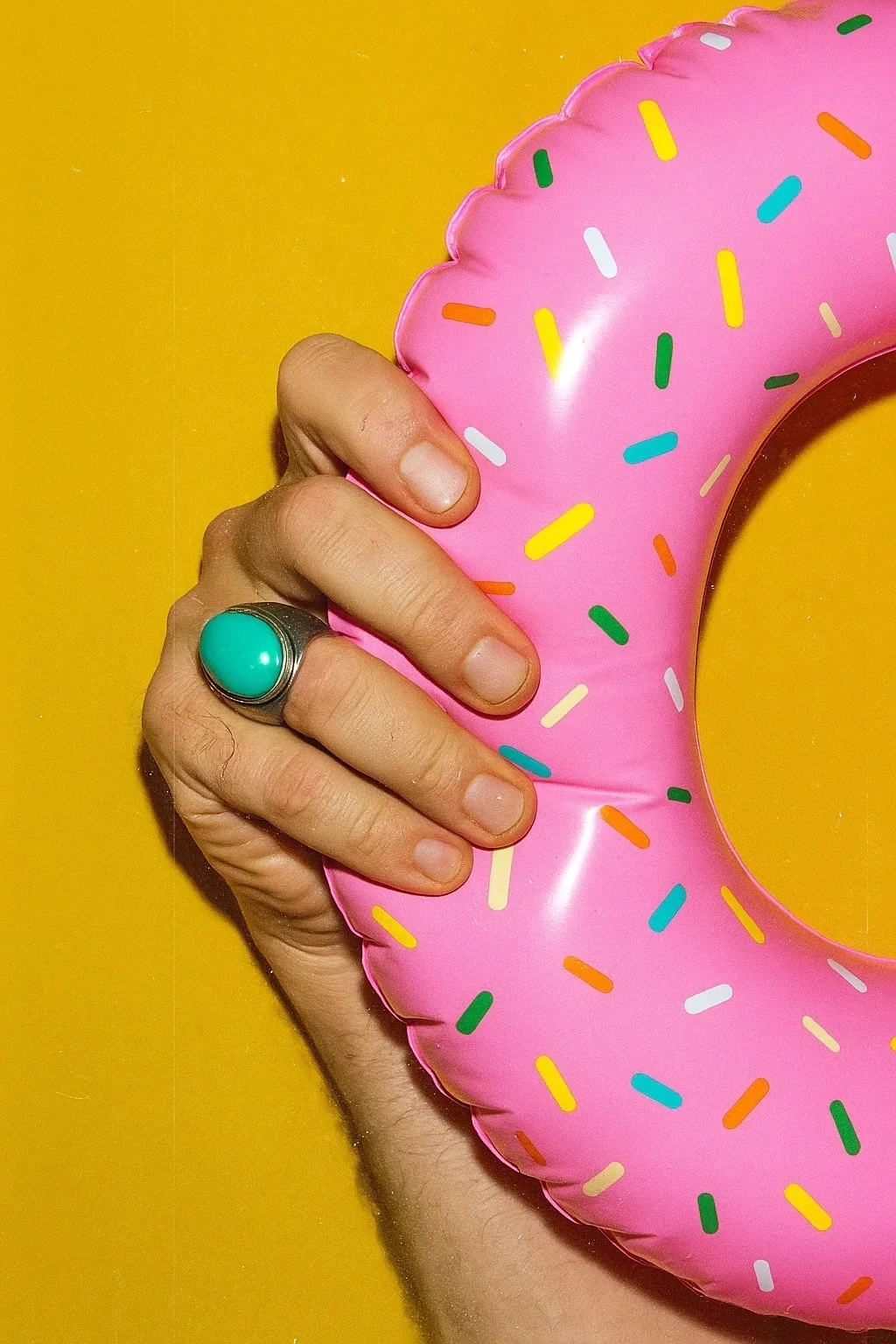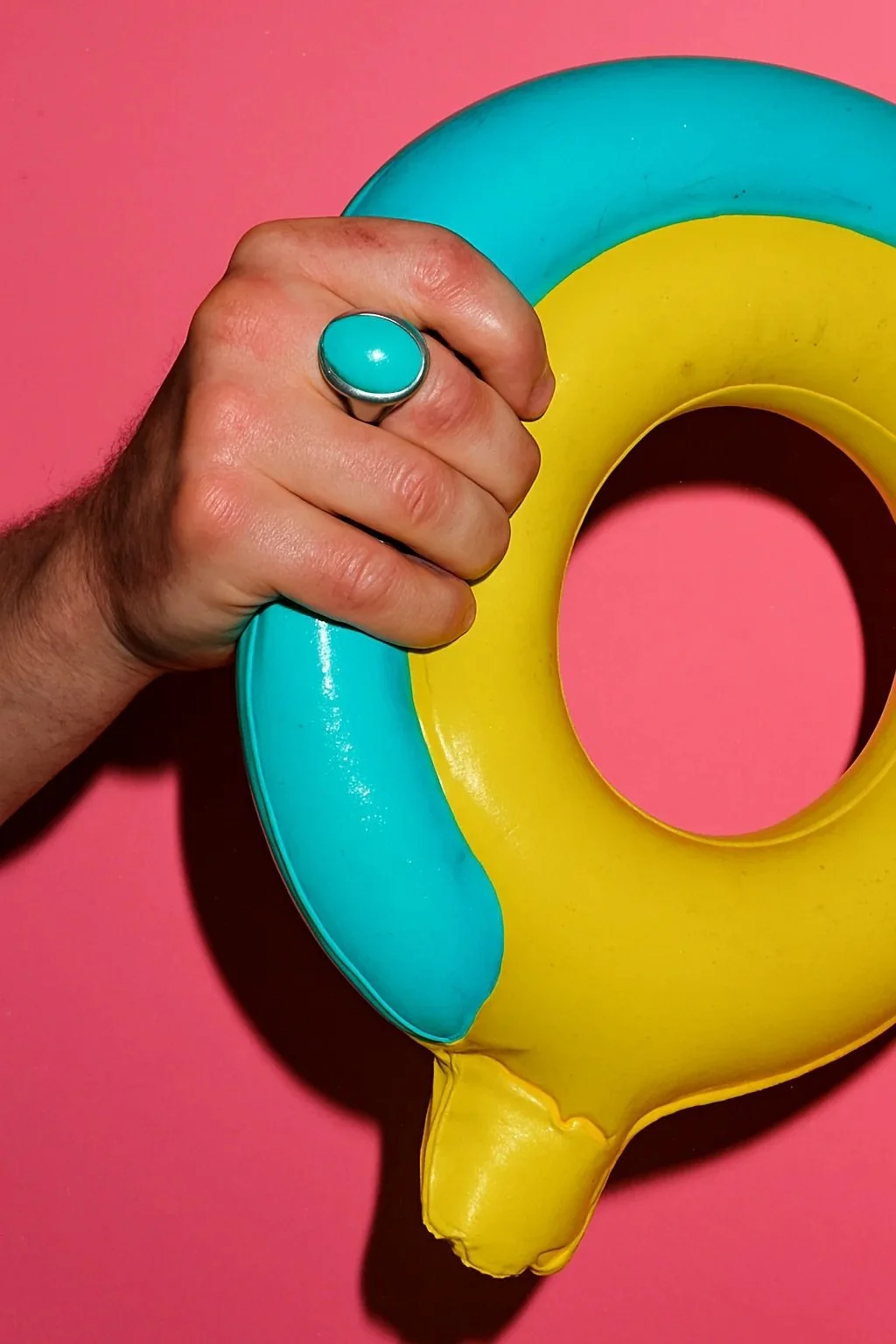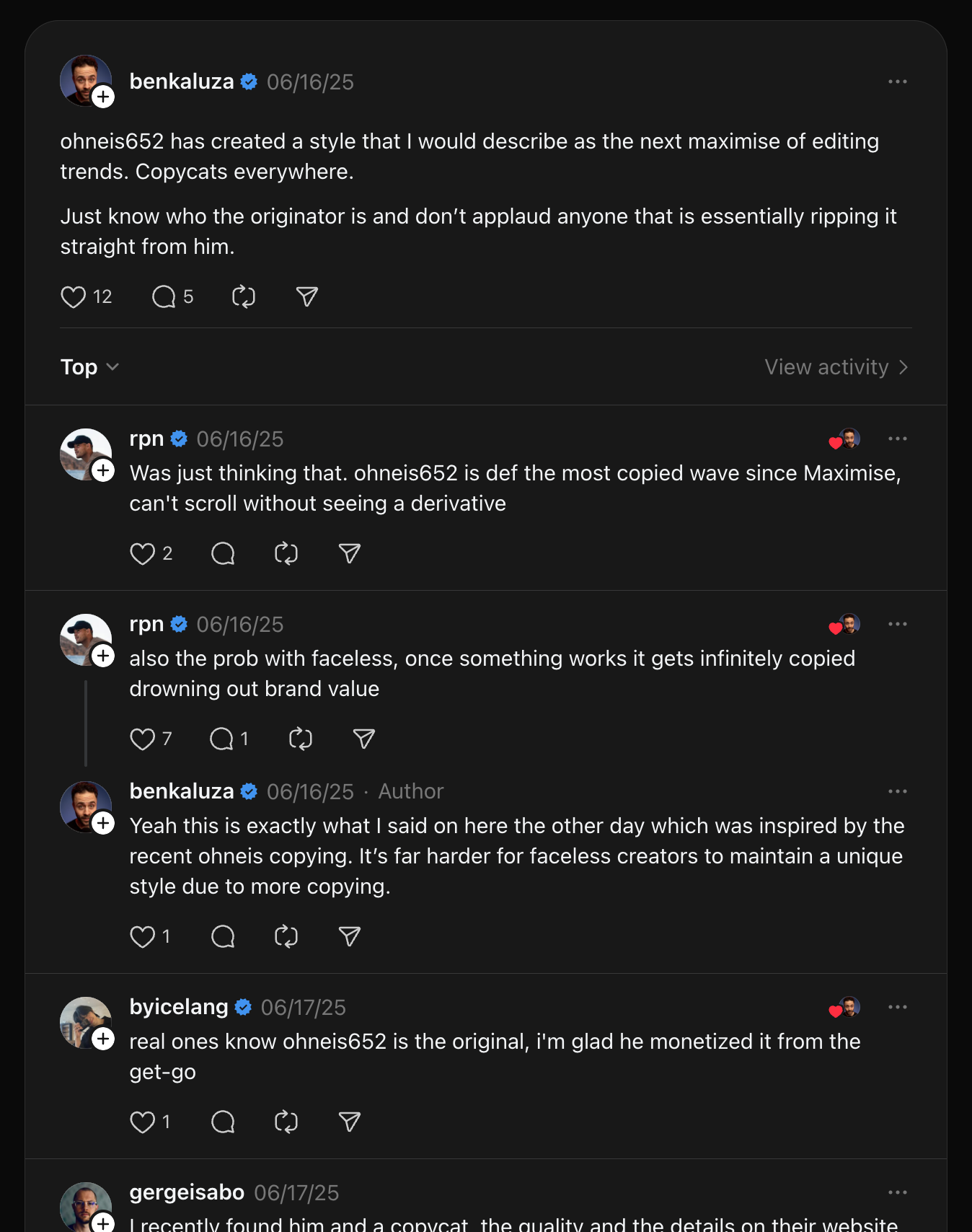AI visuals that don’t look like AI (or stock)
I recently came across this guy called Ohneis652. He has figured out how to create stylish/aesthetic visuals (hard flash, unusual camera angles/lighting, ultra-detailed textures, etc.) using AI.
He’s active on social media and has a ton of posts showcasing his images and little tidbits about how he did it. For example, this post:
Pretty intriguing. These obviously look more artistic and custom than a typical AI image. But how does he do it? He sells a bunch of courses on his website, ohneis652.com.
But he entices his audience by giving glimpses into his process. For example, this post about how to create a consistent character:
And this post on how to “up your prompt game”:
“Unless you speak visually, your results will always feel generic.
Specificity beats brevity.
Don’t say ‘Good lighting.’ Say ‘Soft rim. Light from the left with golden hour flare.’
Don’t say ‘Close up.’ Say ‘85mm f 1.8. Eye level compression.’
Structure creates predictability. Every good prompt has 5 blocks: Mood, Subject, Light, Camera, Detail.
Professional words lead to professional work.
You want better textures? Use terms like ‘Matte porcelain skin’ or ‘Velvet upholstery with creased folds.’
You want clean composition? Call for Rule of Thirds. Negative space. Tack sharp focus at the eyes.
The secret: The more visual data you feed the model, the less it needs to hallucinate.
The goal is not randomness, but repeatability.
You don’t need magic prompts. You need visual clarity and structured thinking. That’s what turns messy ideas into brand-ready images.”
This guy’s got a way with words! He knows how to speak the language to AI. He has posts with example prompts:
How’s that for prompt inspiration?
Want to have some fun and try it for yourself? Copy and paste this prompt into ChatGPT and play around with it:
A hyperrealistic vertical flash photograph shot in 1080x1350 format, captured with a harsh direct flash that flattens details and casts strong, sculptural shadows. The camera perspective varies (frontal, diagonal, slightly low or top-down), but always emphasizes immediacy and tension, often with an offbeat or surreal twist. The subject is framed with tight, cinematic precision, often cropped or centered for graphic impact. Surfaces — whether skin, fabric, plastic, metal, fur, or water — are rendered with intense texture and fine-grain clarity. Flash reflections produce crisp specular highlights, while fine scratches, floating dust particles, and subtle grain add texture and editorial grit. The background is either stark (e.g., white, pink, yellow) or slightly blurred but vivid (e.g., sea, sky, forest, ceramic tiles, beach grass). The scene may feature visual humor, strange compositions, or exaggerated expressions or poses. Accessories like turquoise rings, plastic jewelry, floaties, helmets, or candy sprinkles appear as surreal visual anchors.
Here are some of the outputs:
Pretty fun, huh? Apparently ohneis652 is known as a pioneer in this space. He has over 200,000 followers on Instagram and apparently he is the originator of this style in the AI space, based off this social media post:
Definitely need to keep tabs on this trendsetting AI guru. Time to expand my vocabulary! Gotta remember: Specificity beats brevity.


